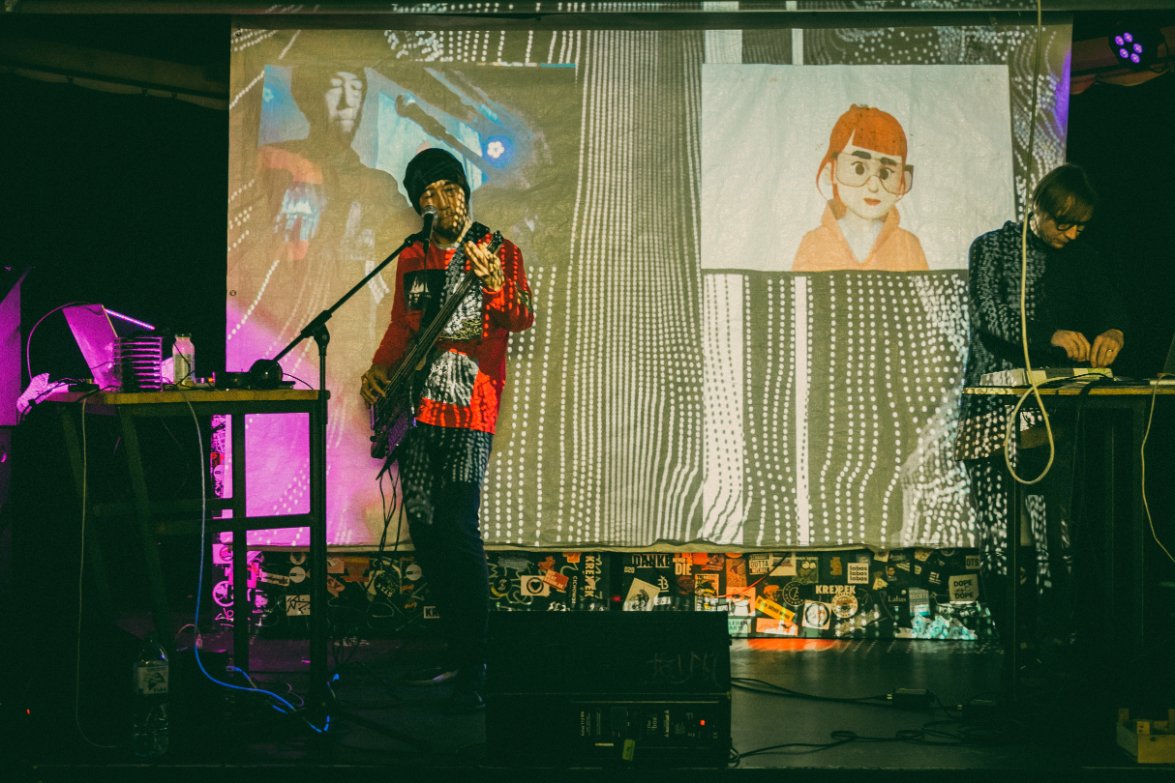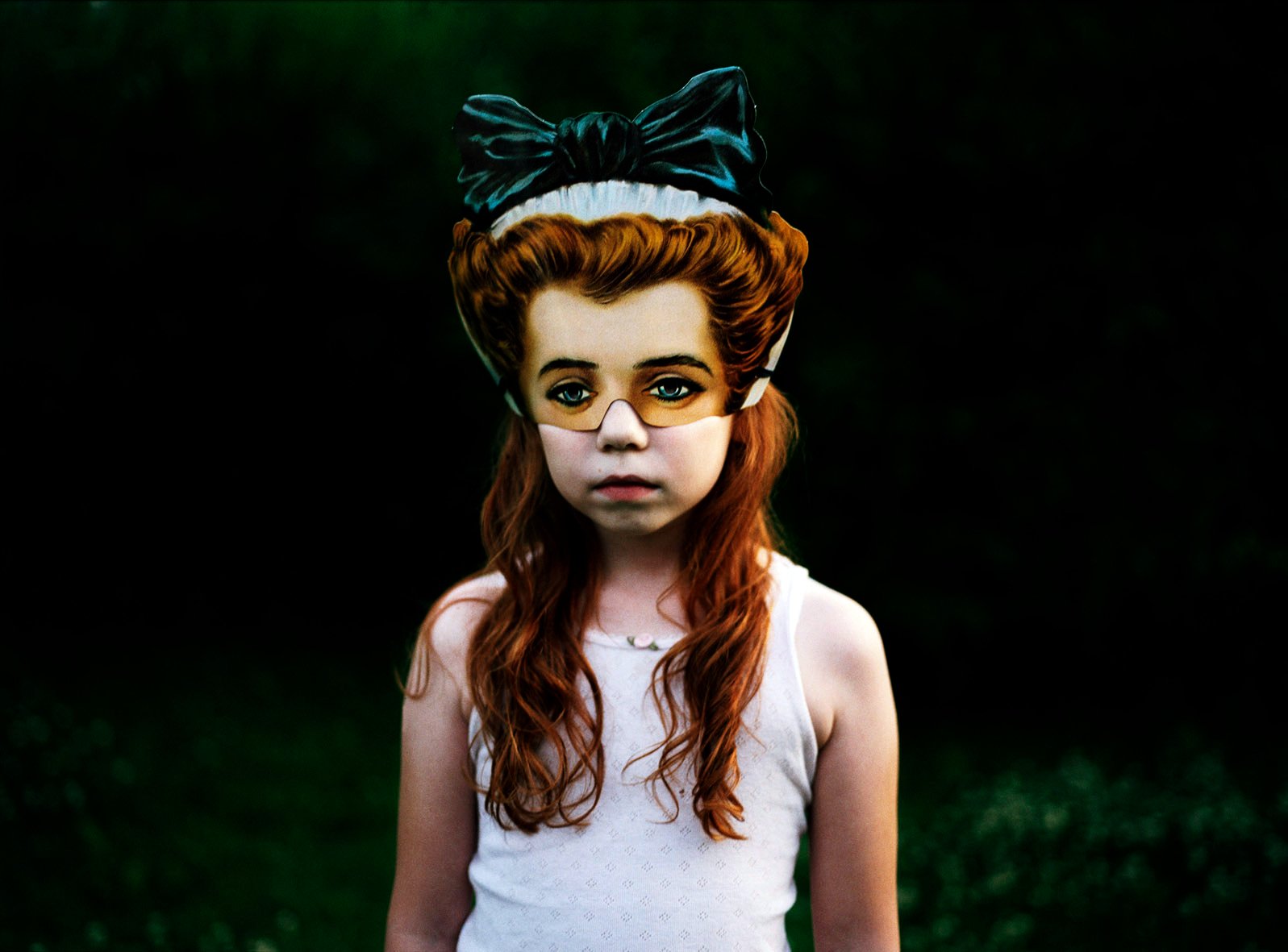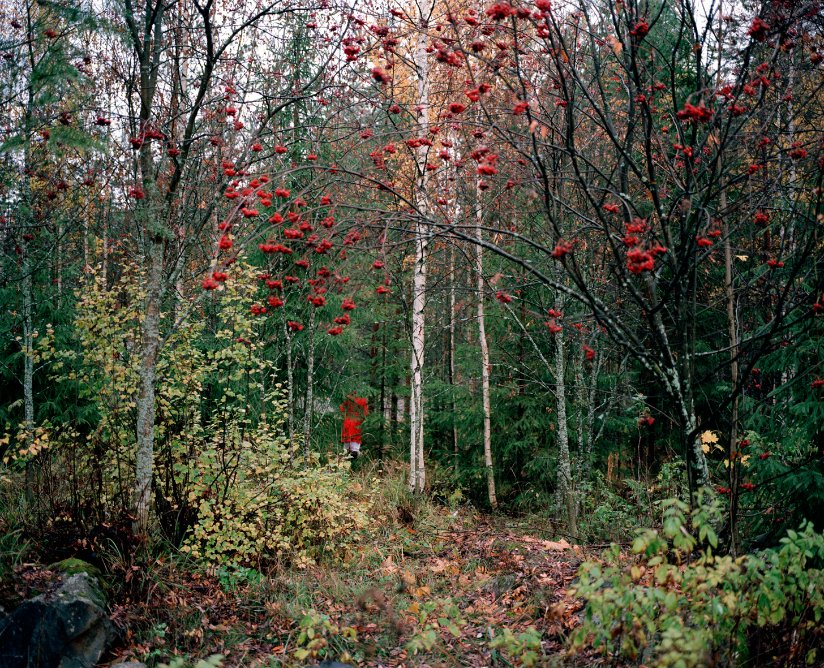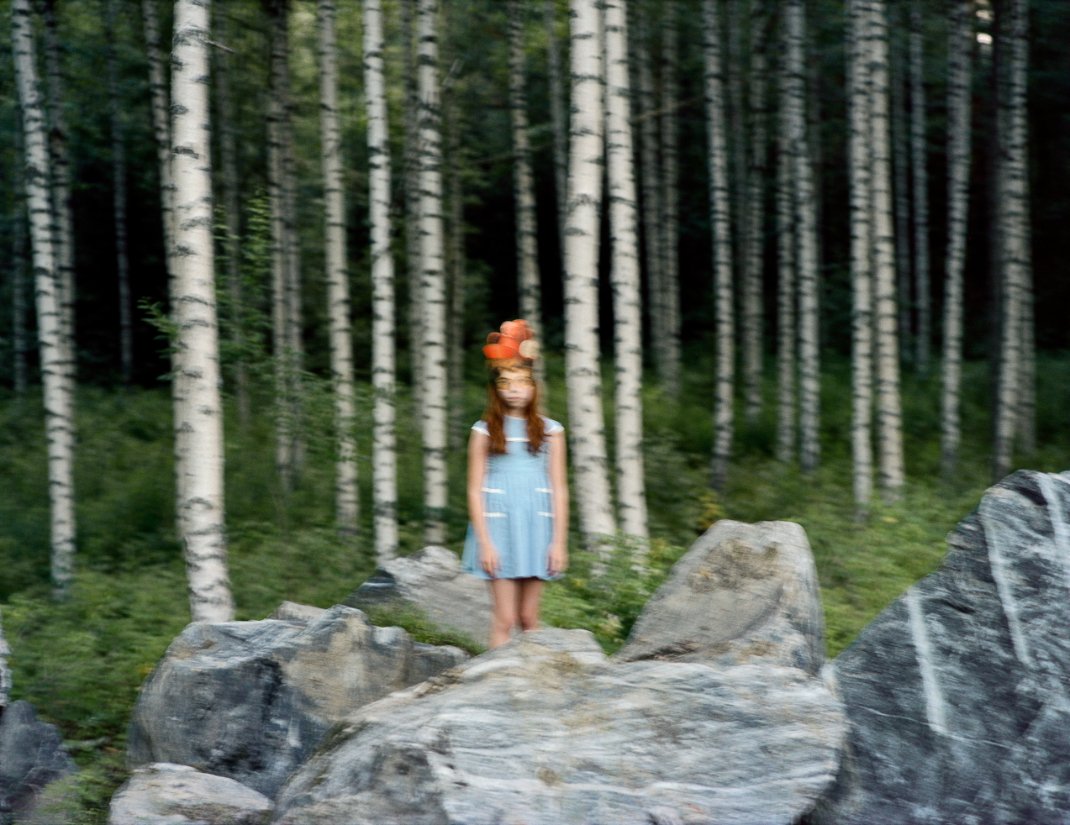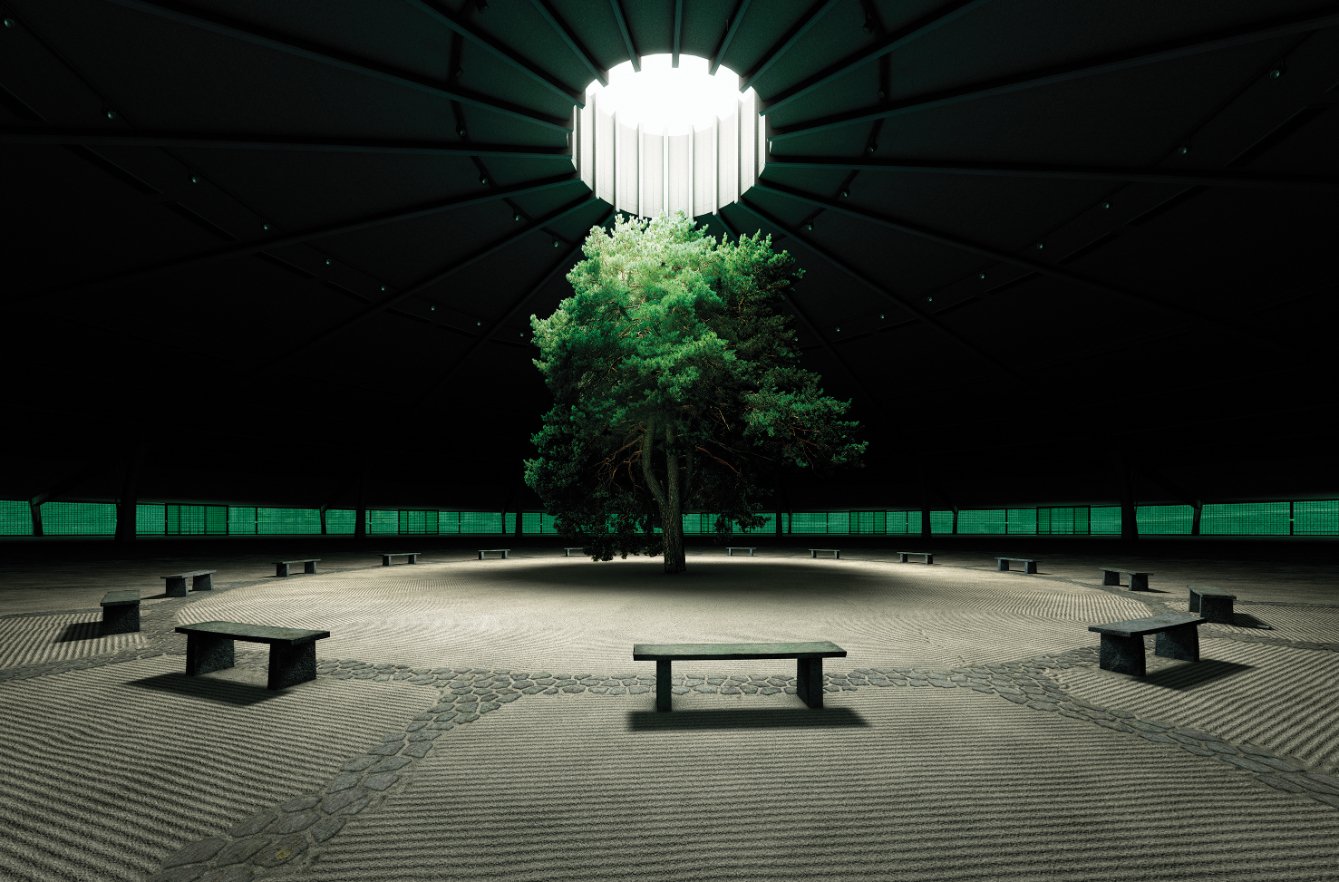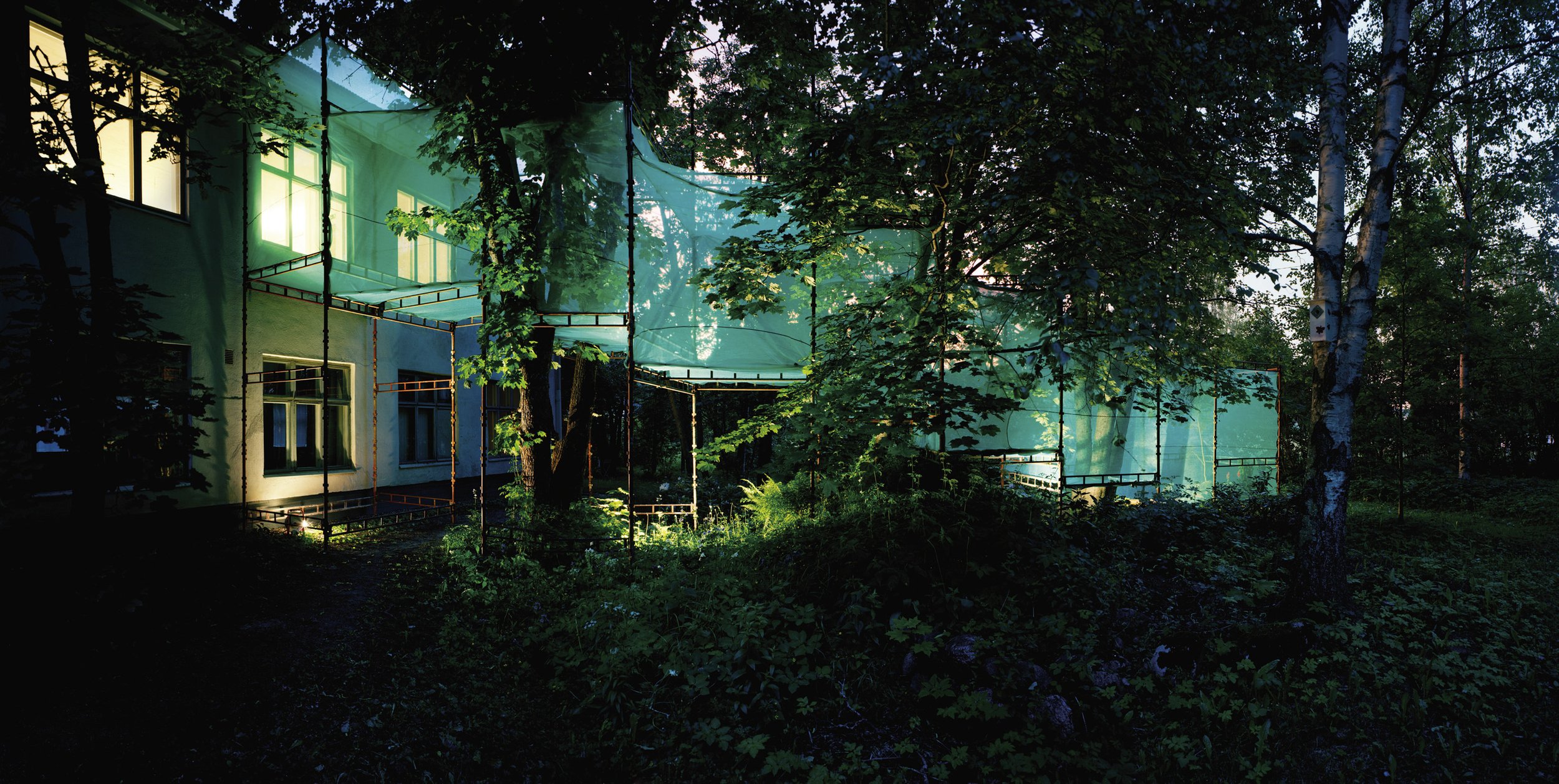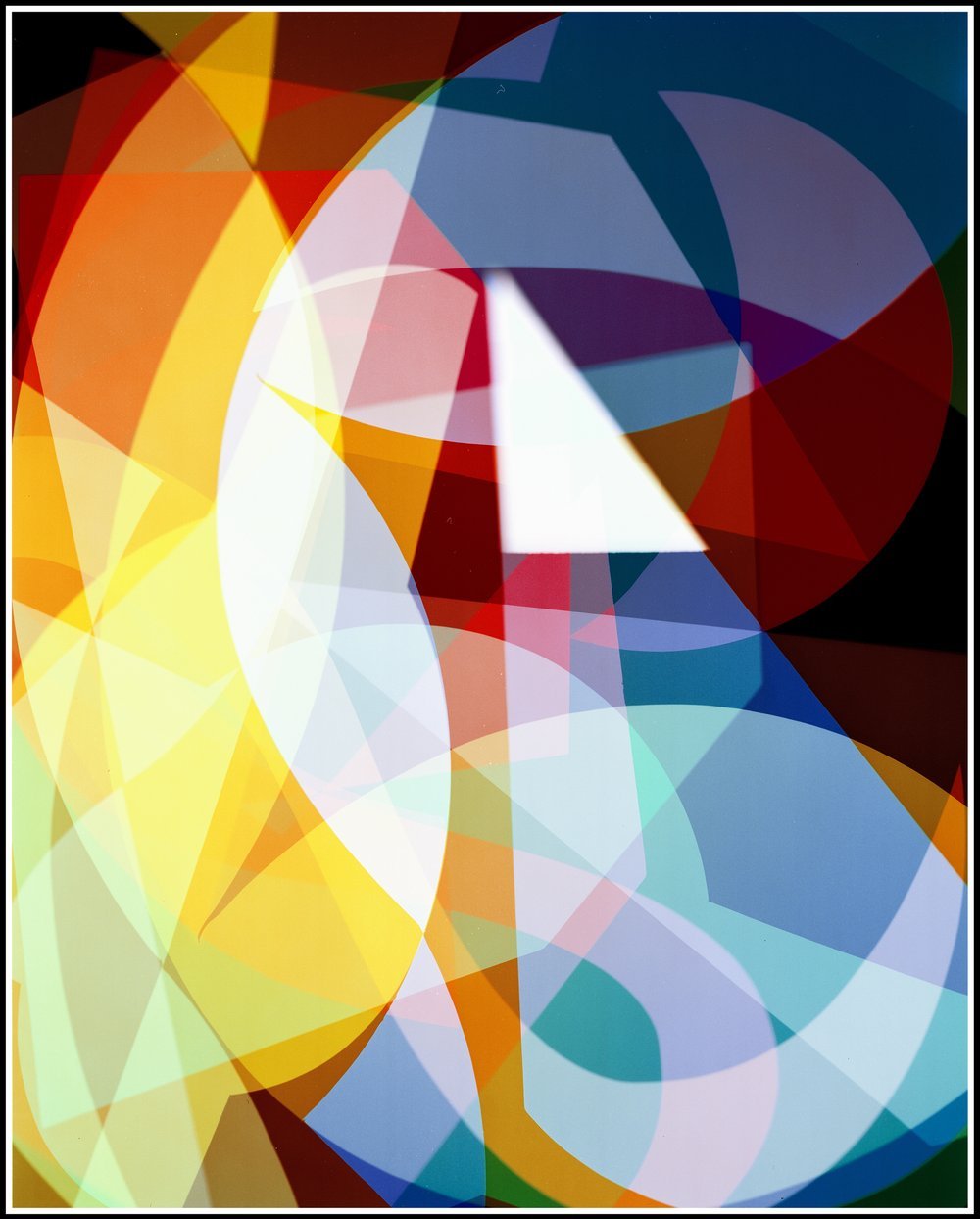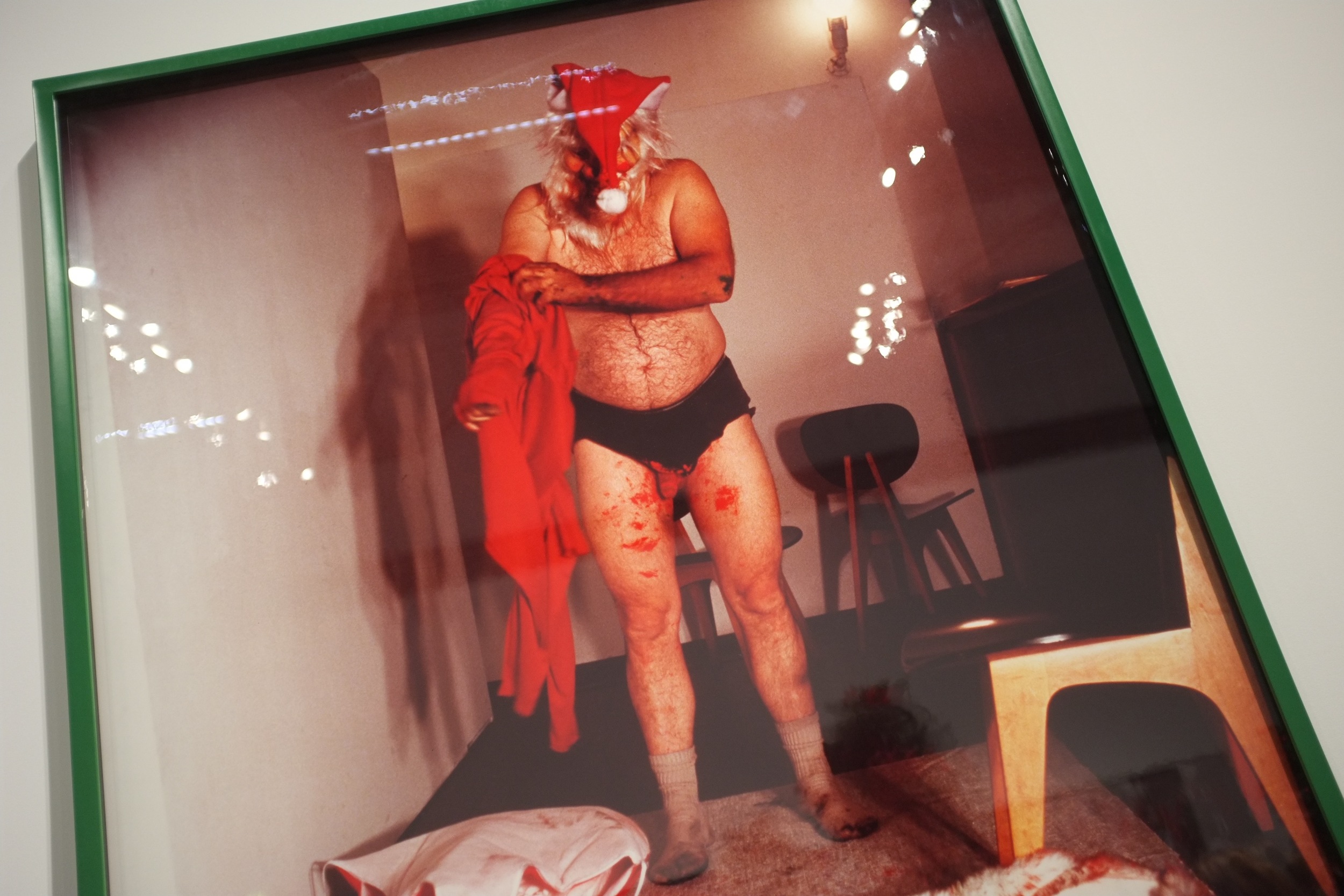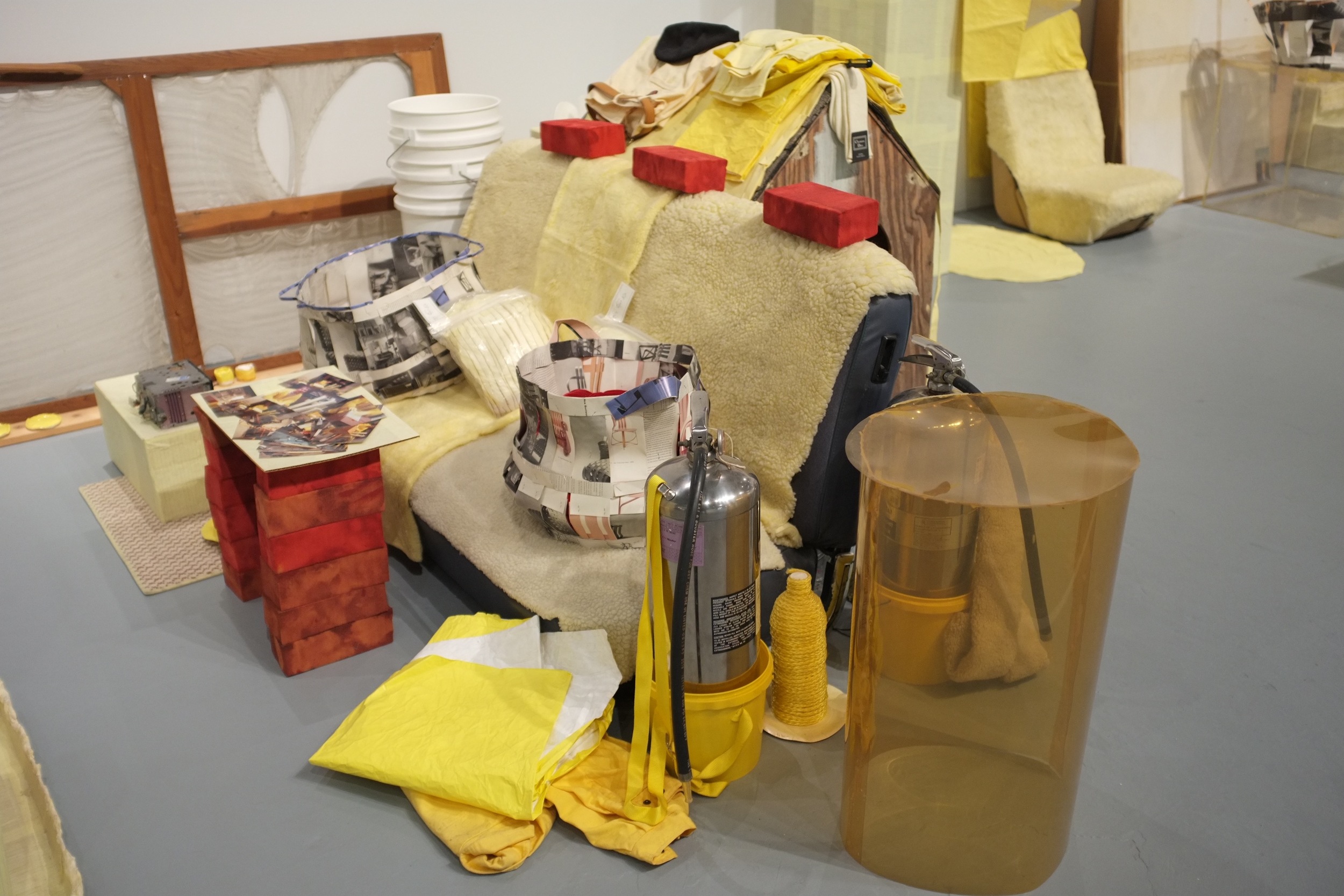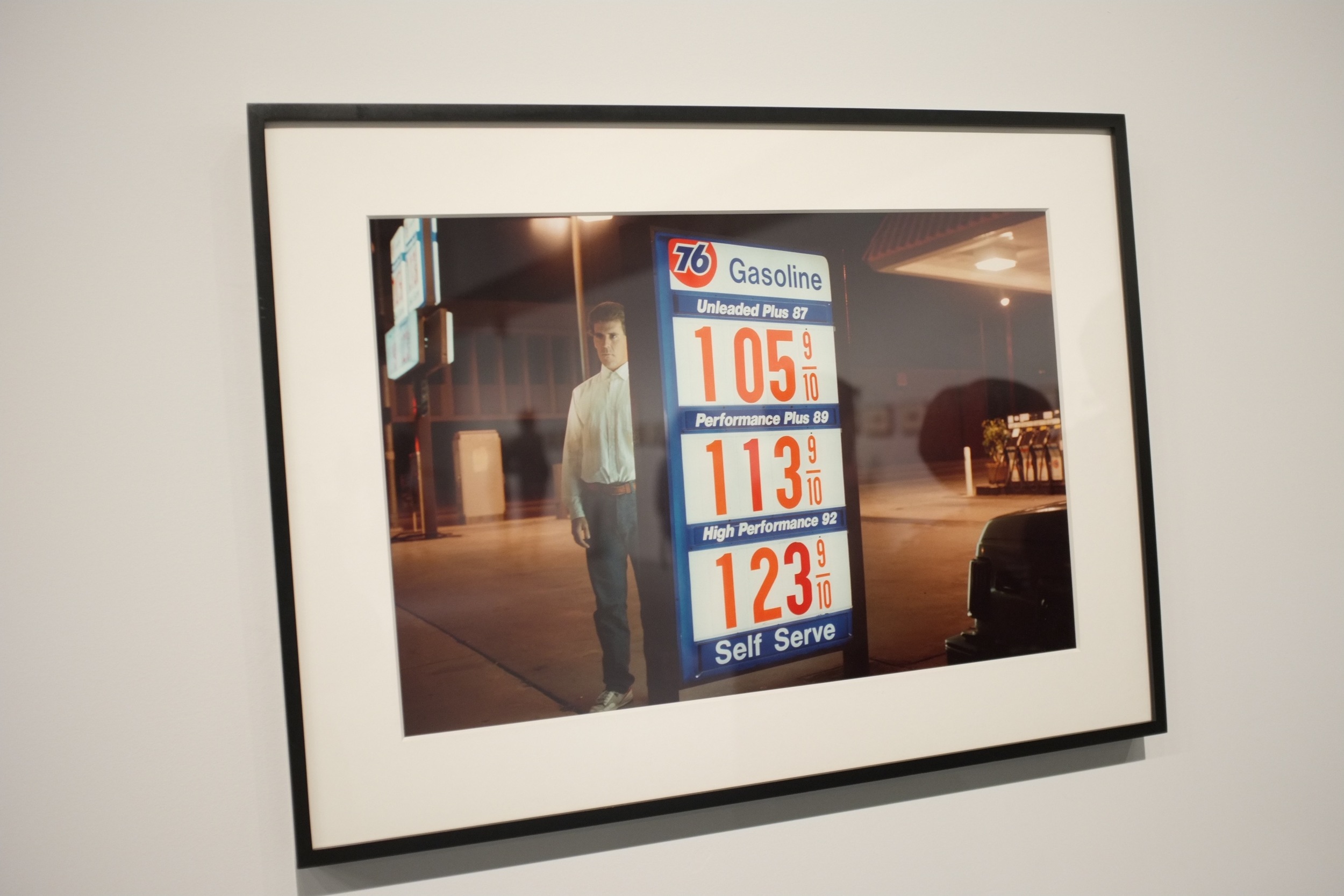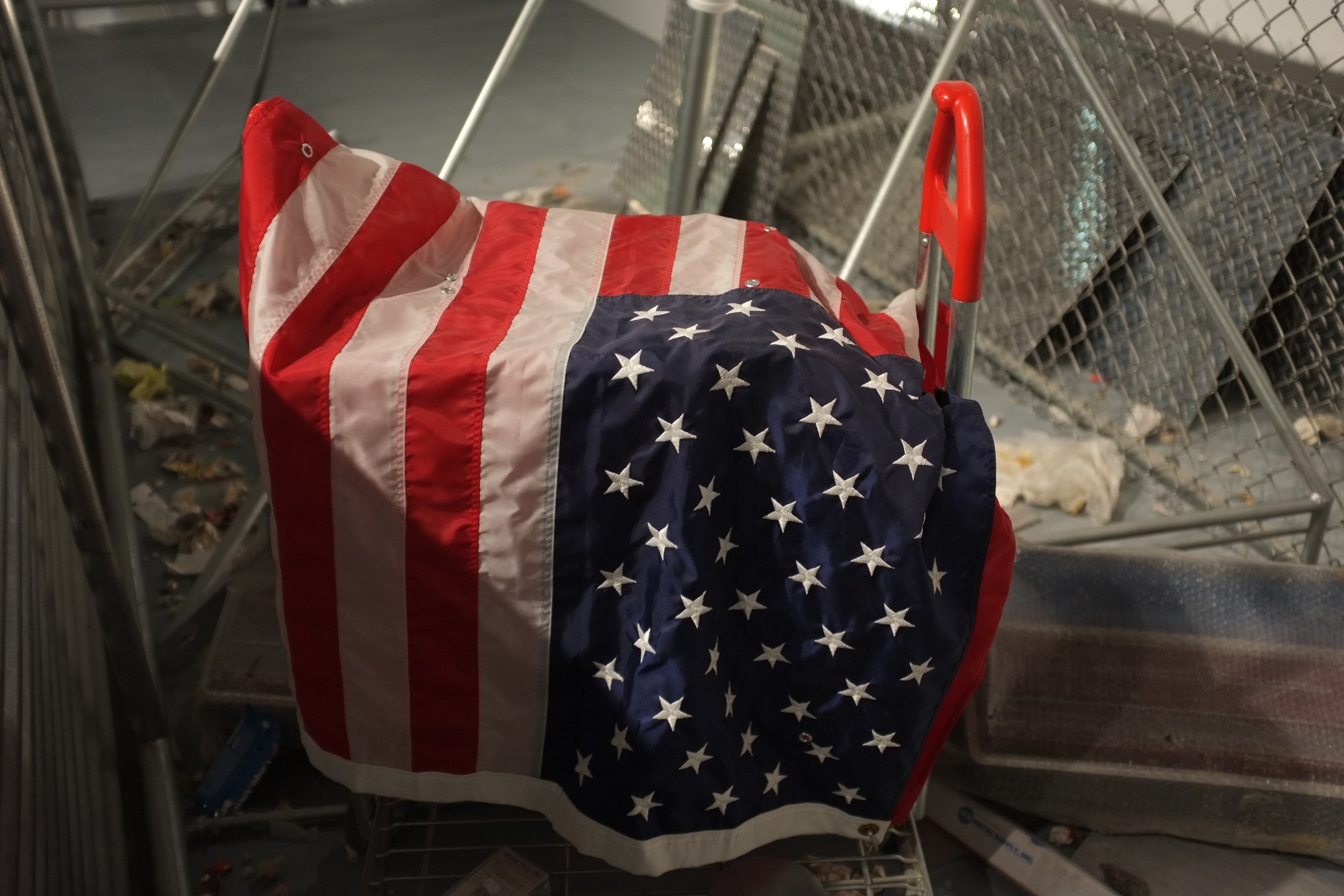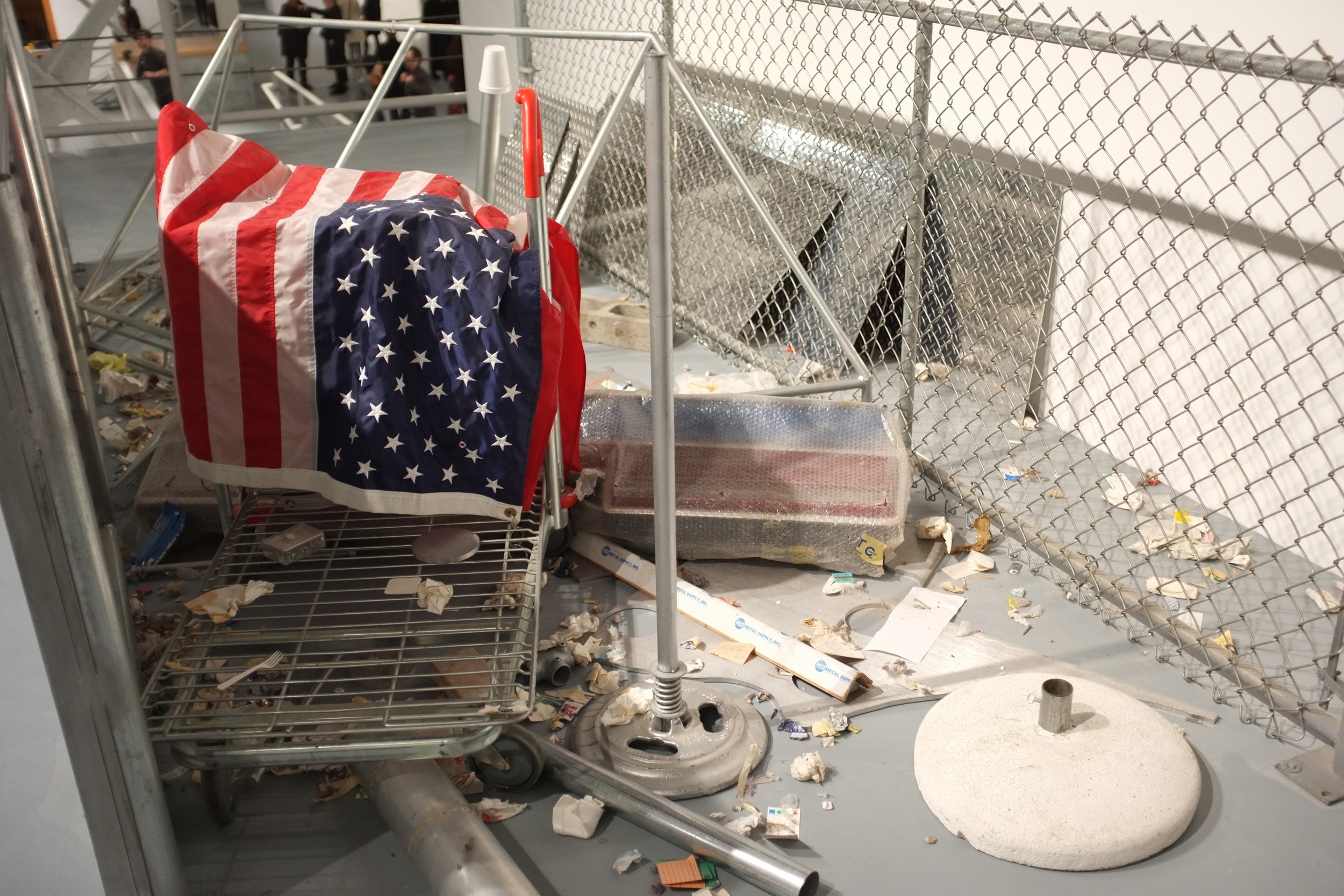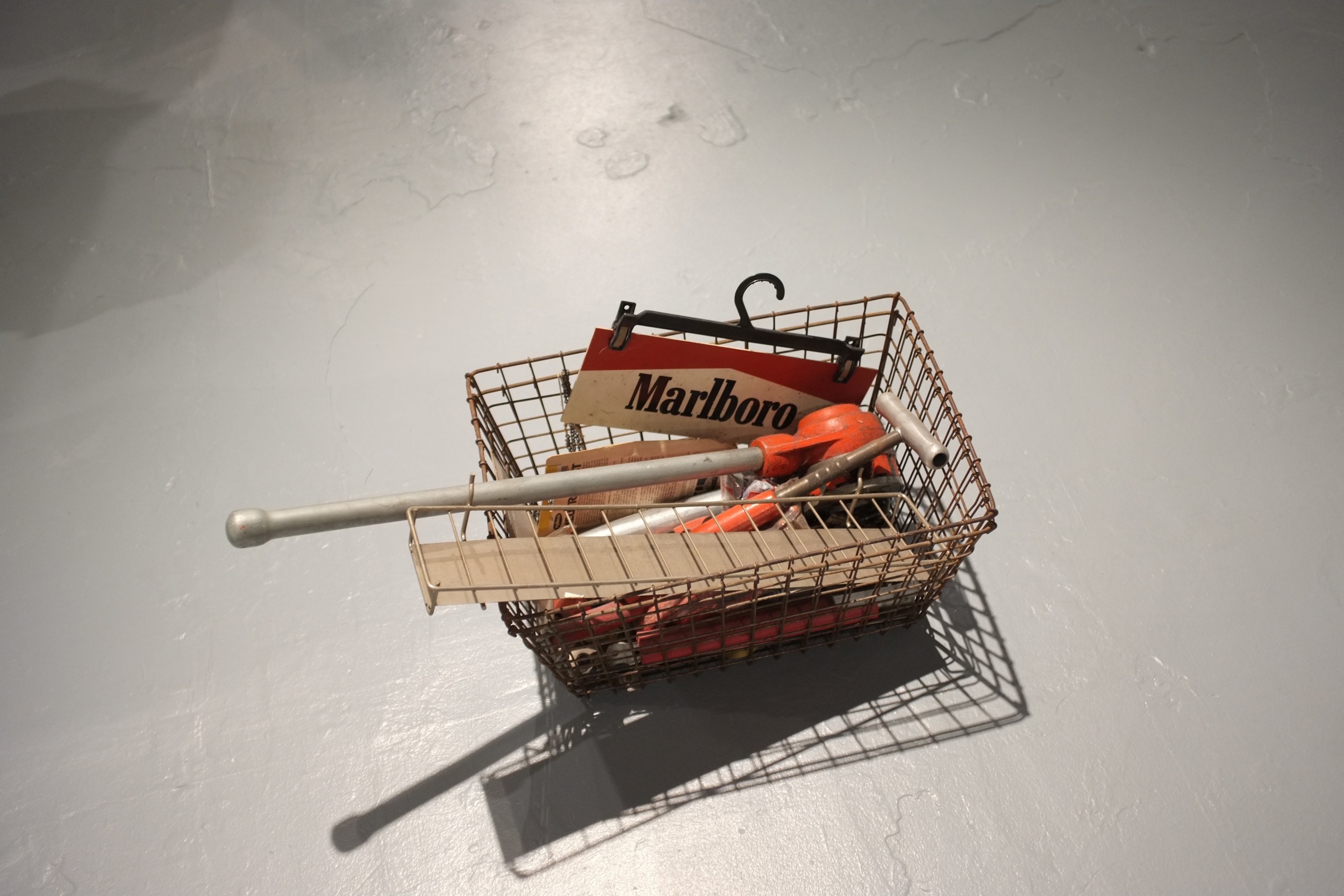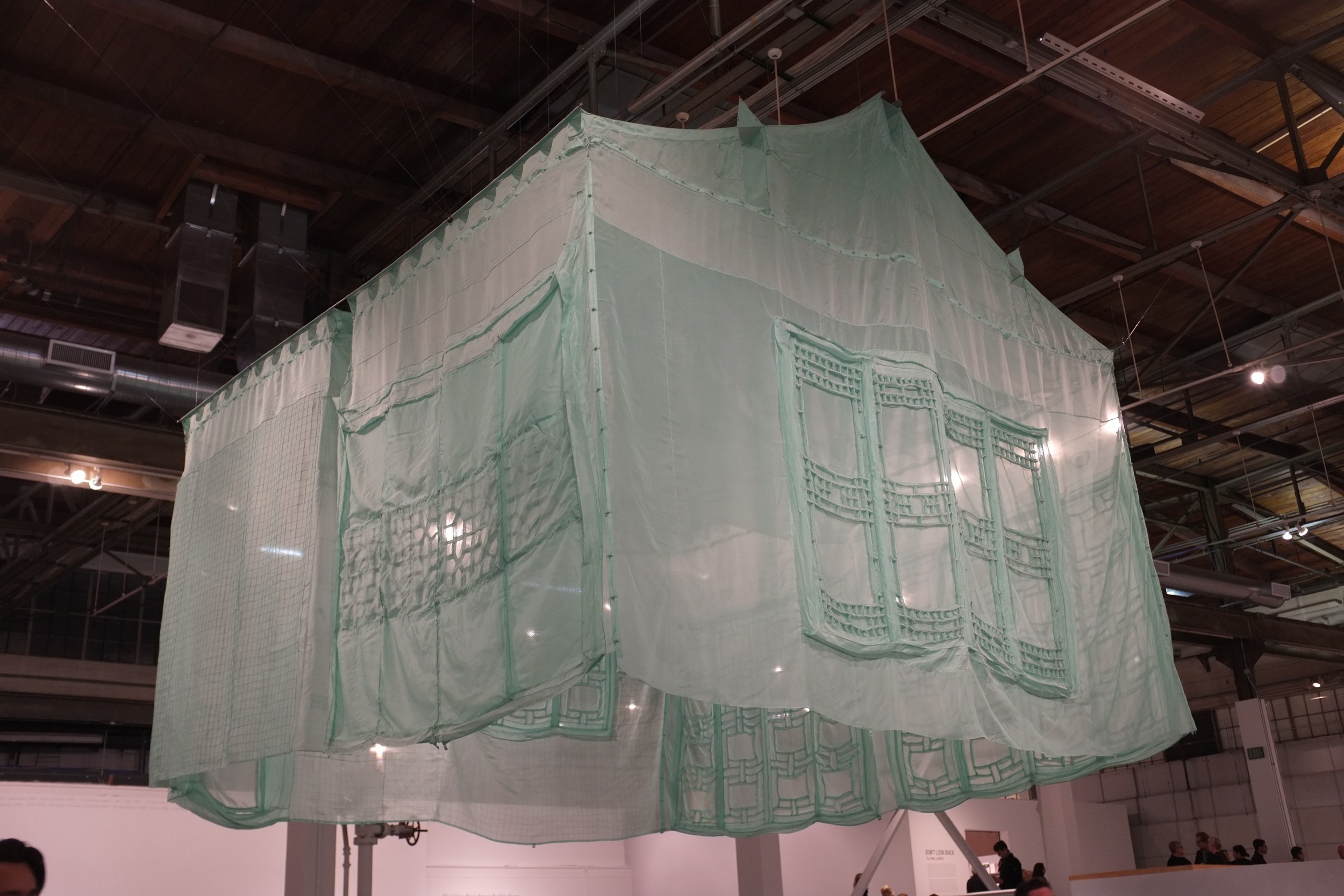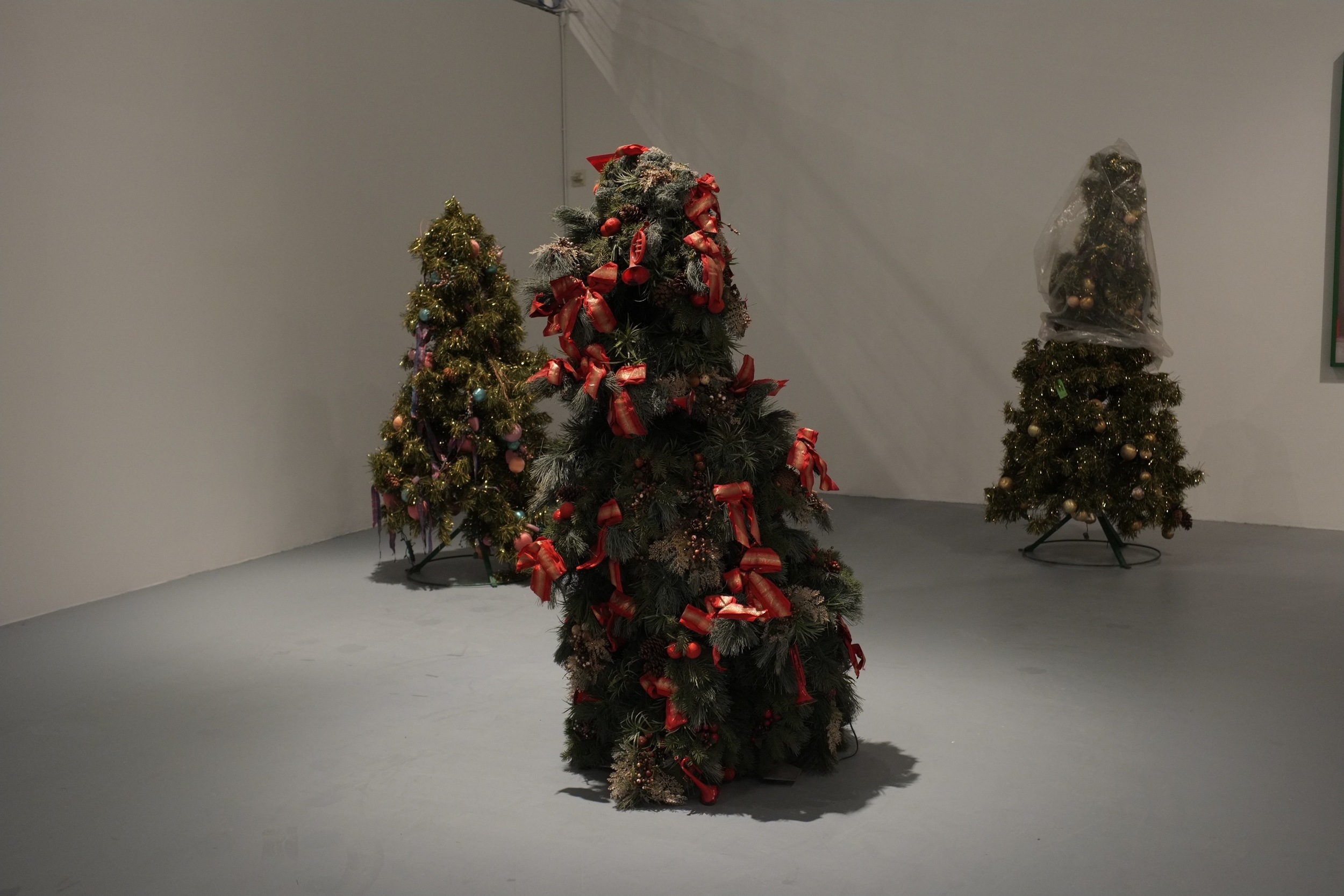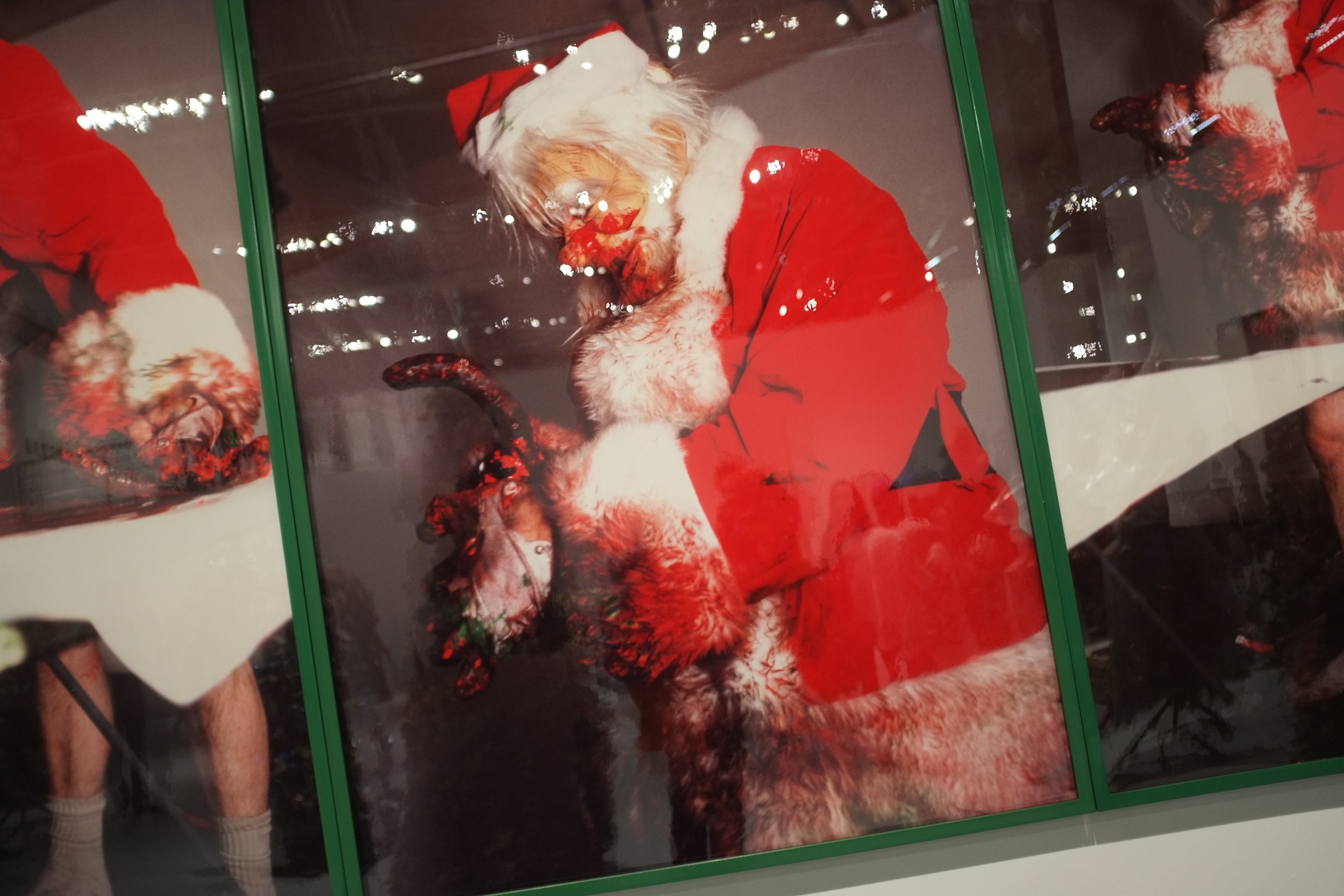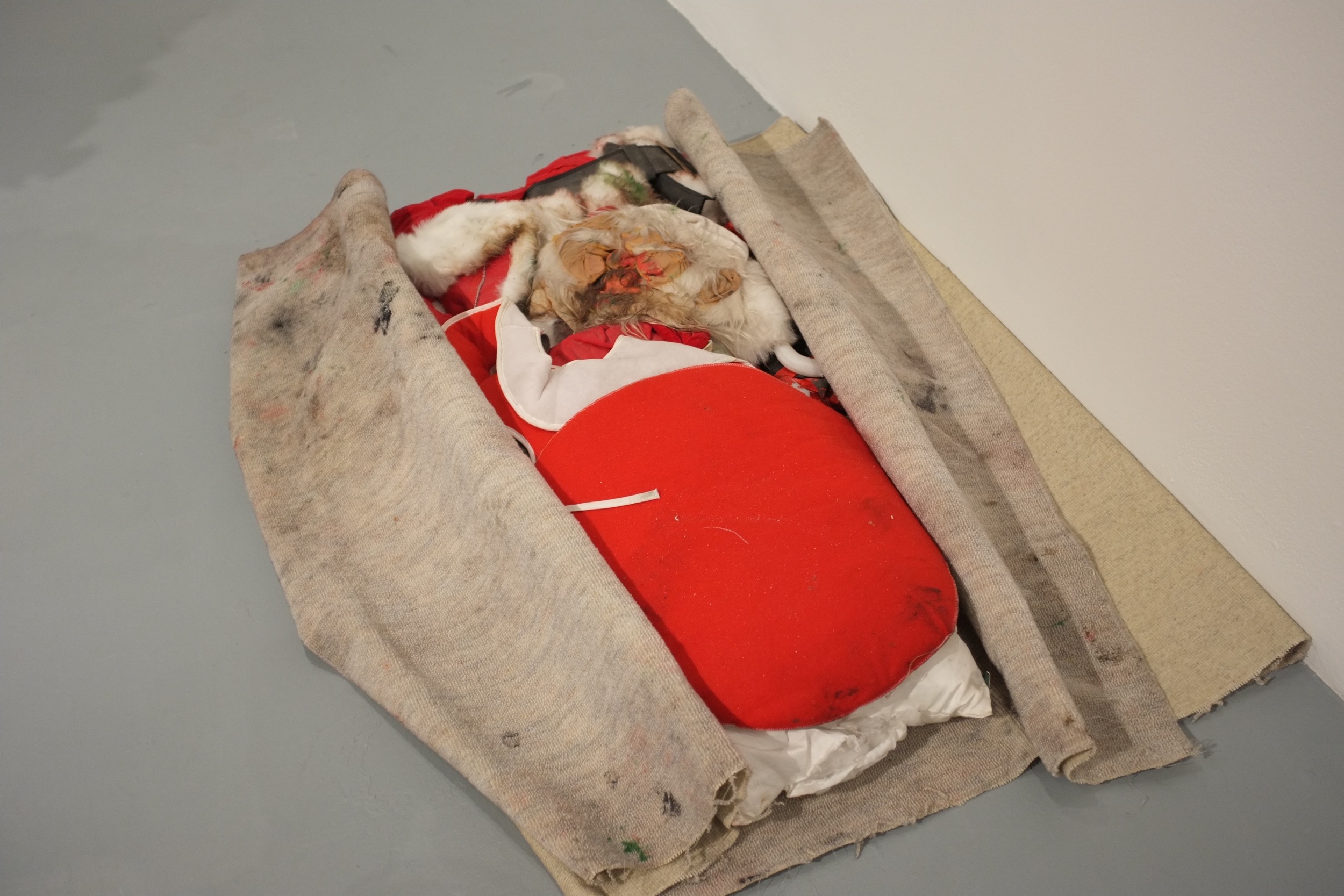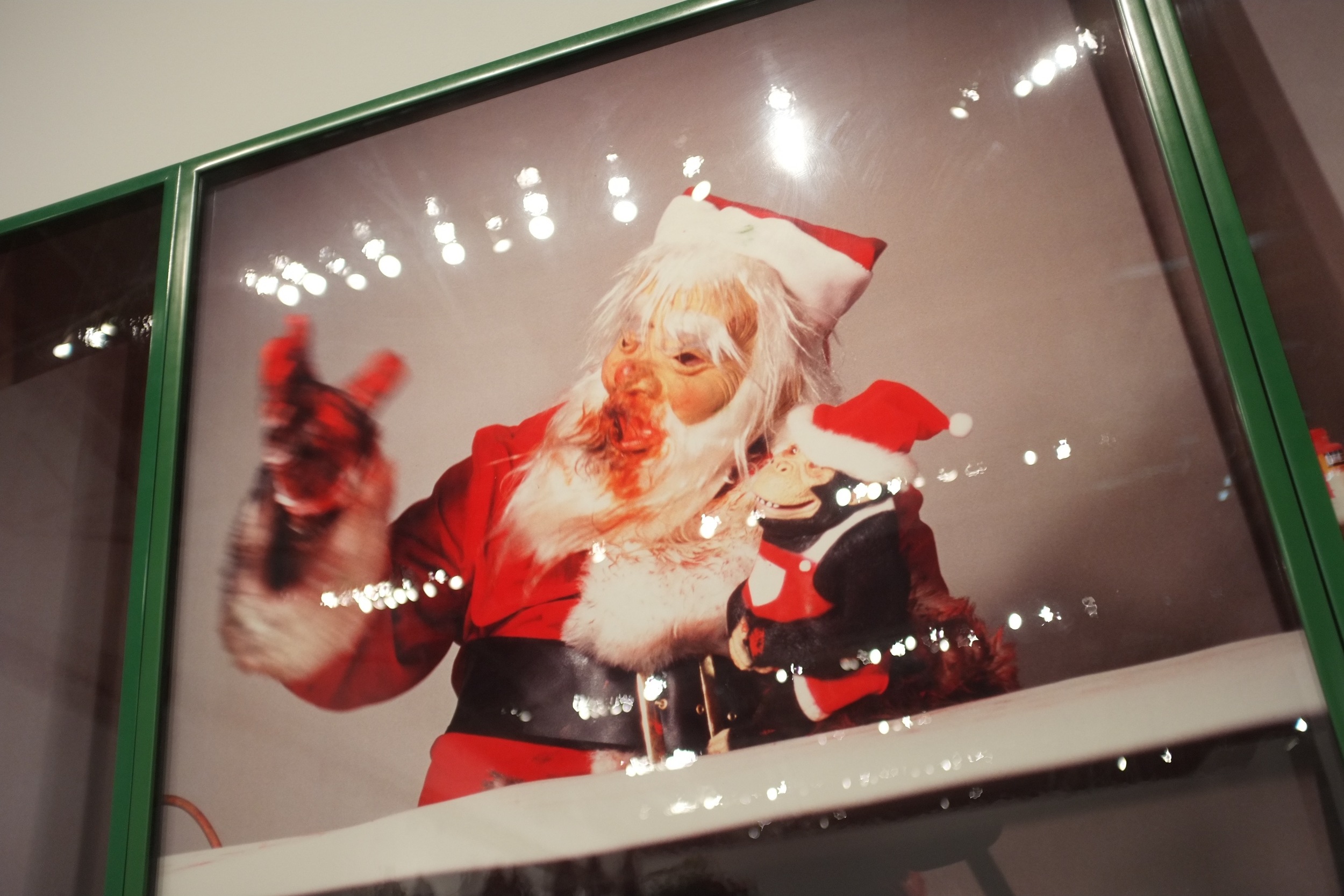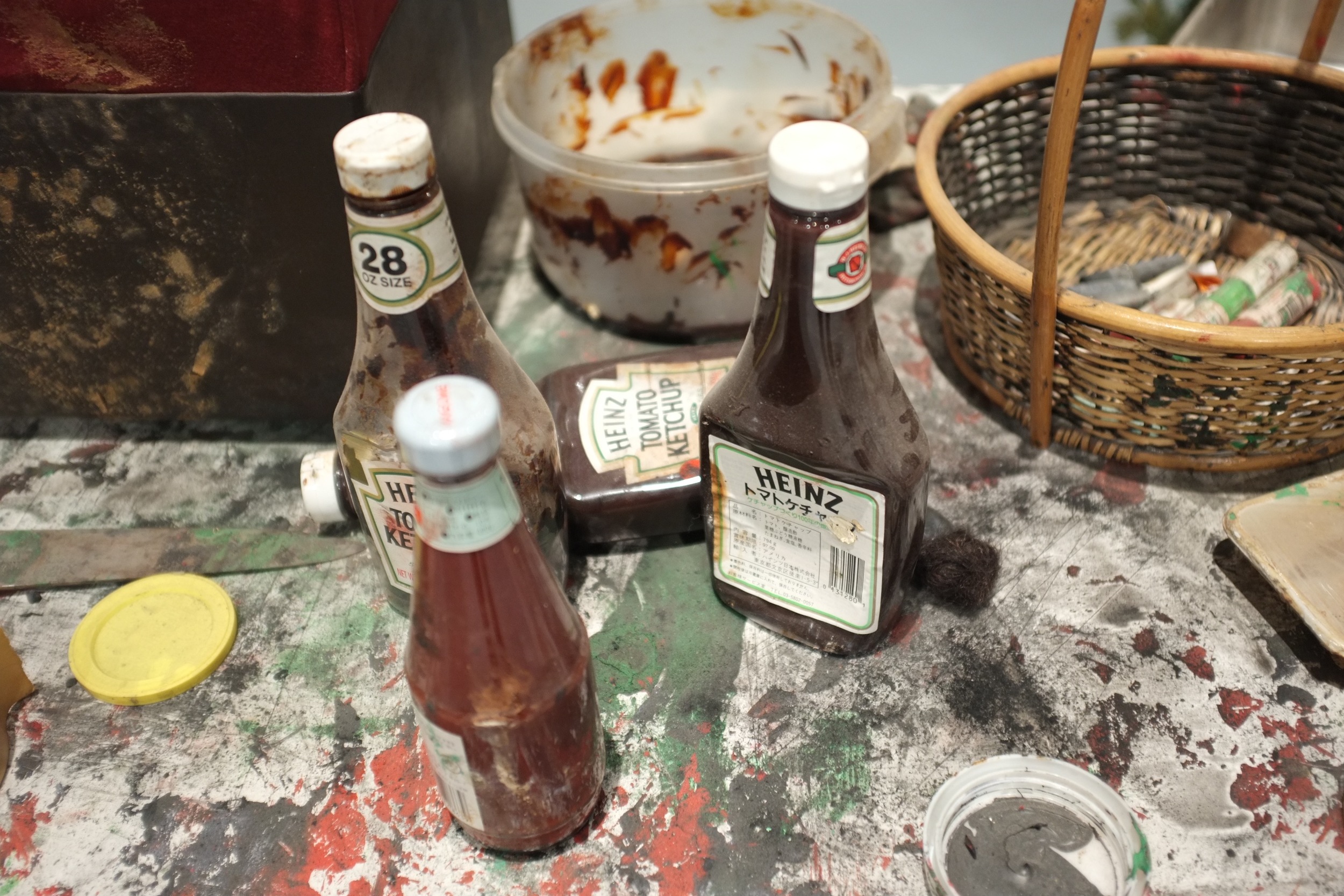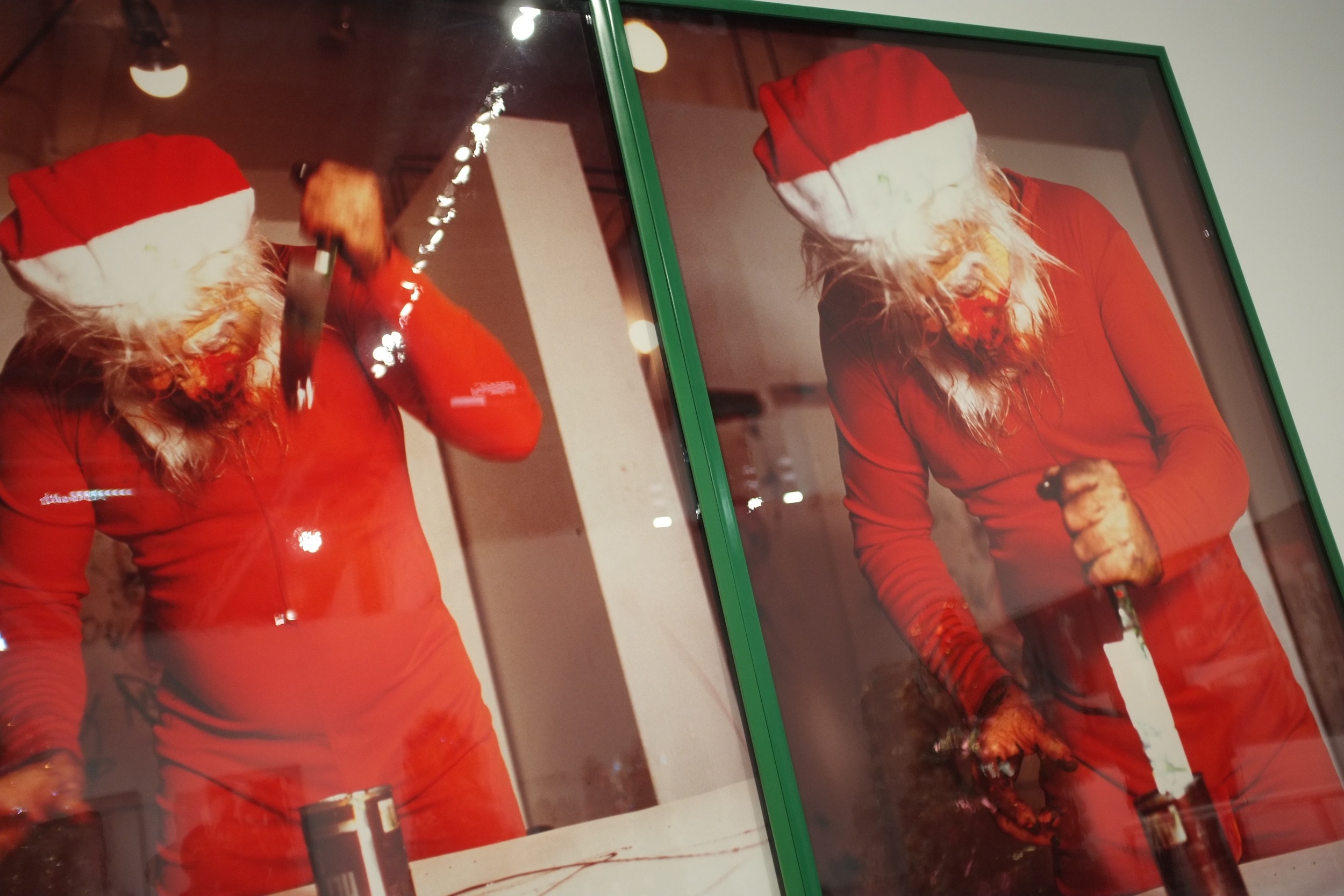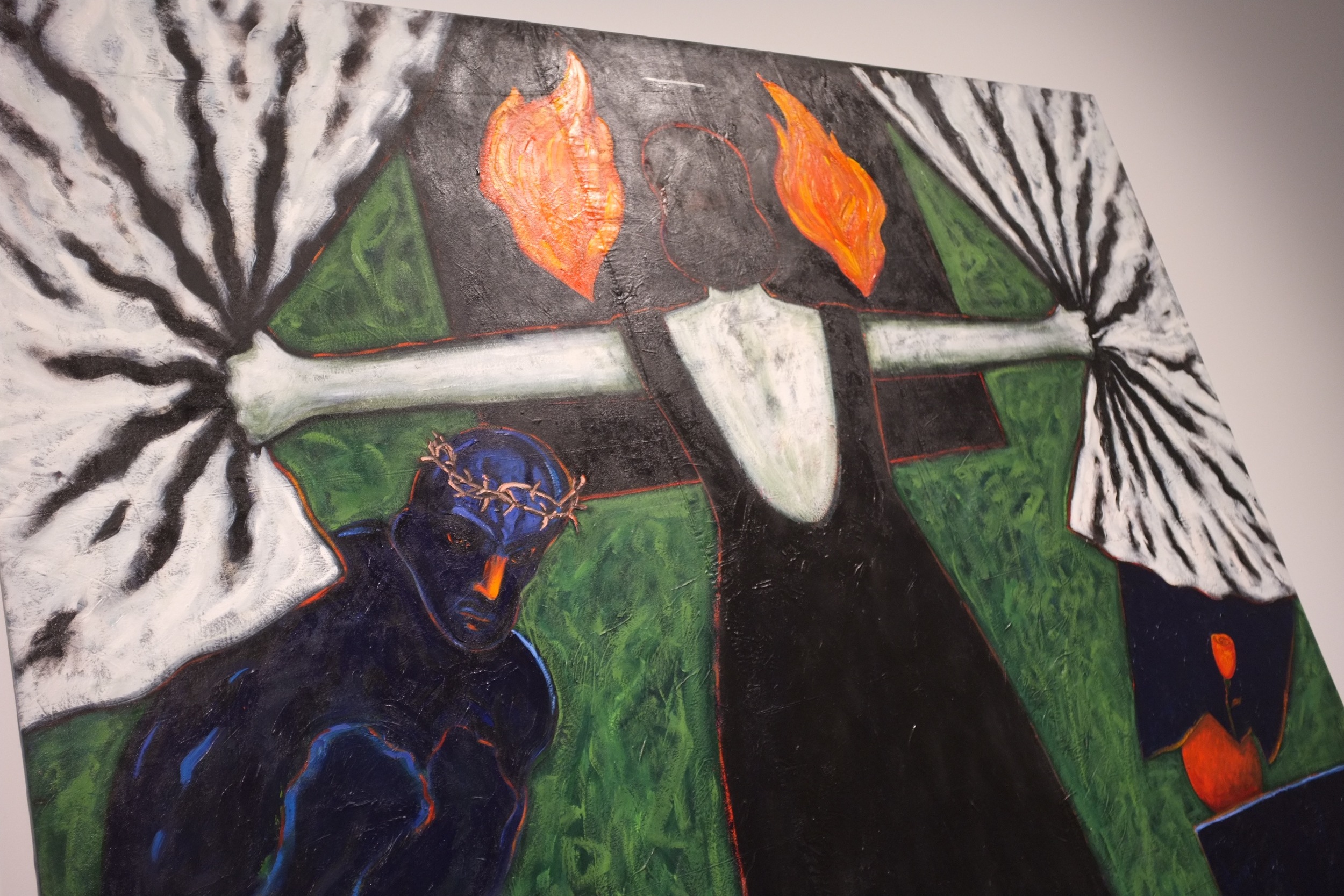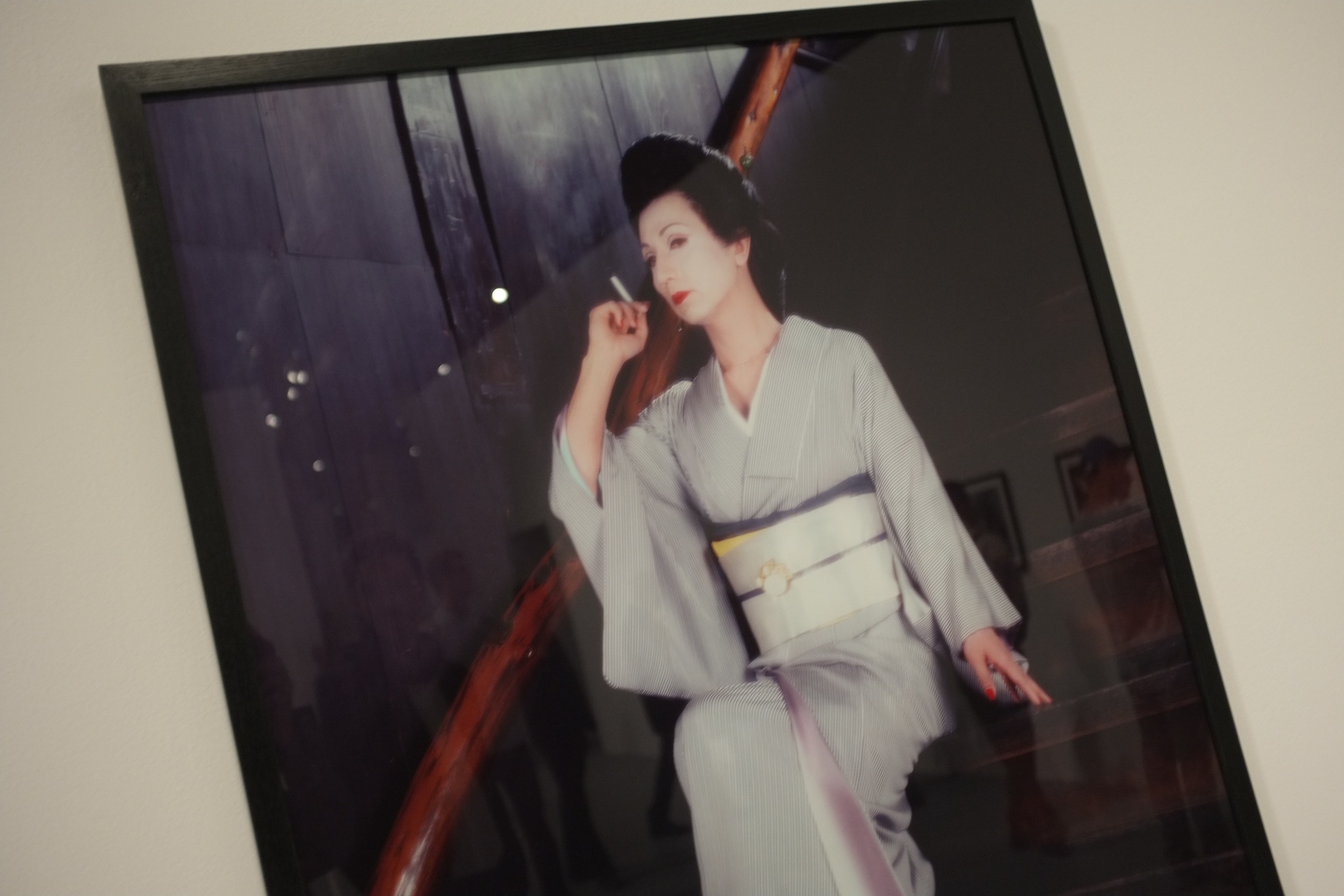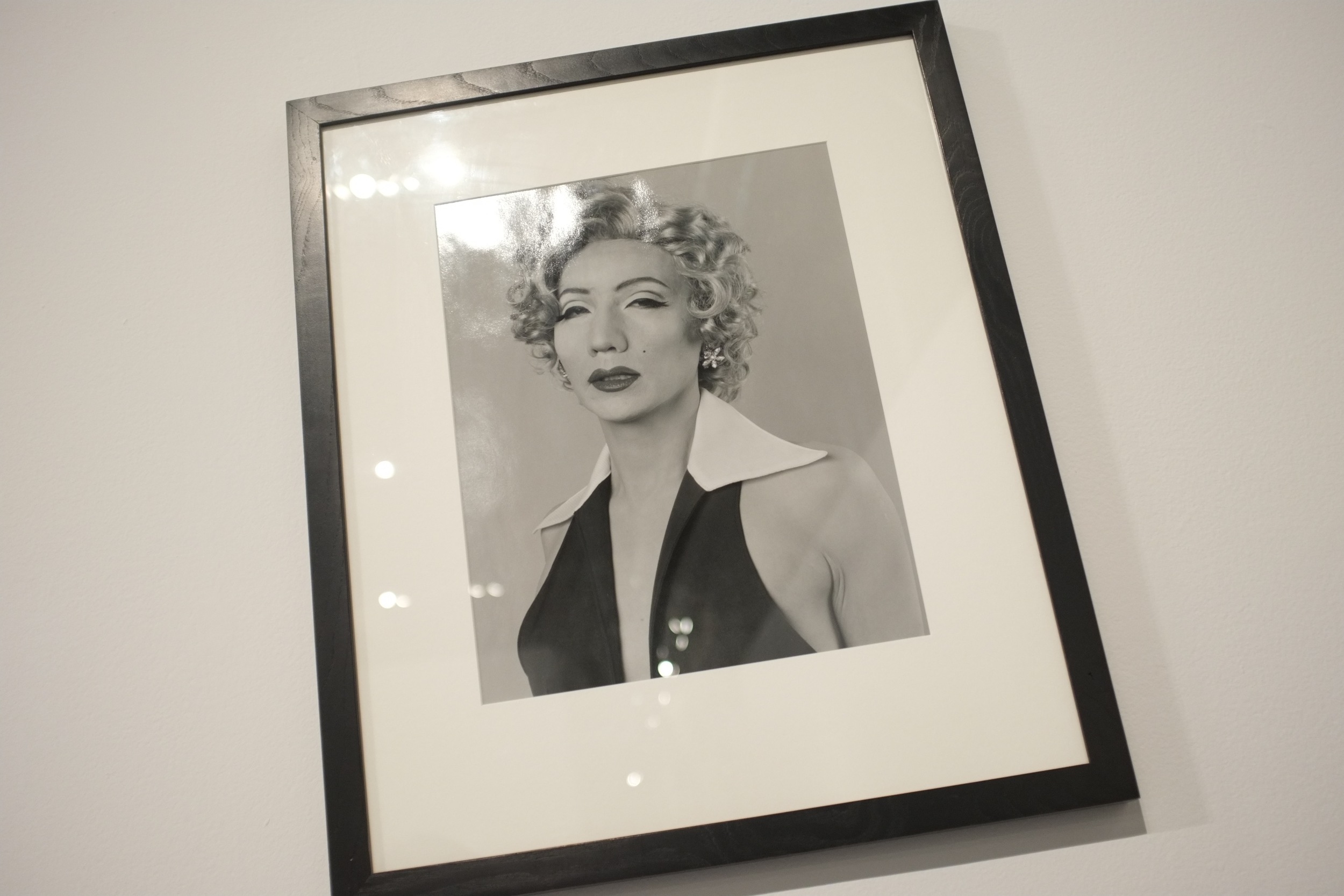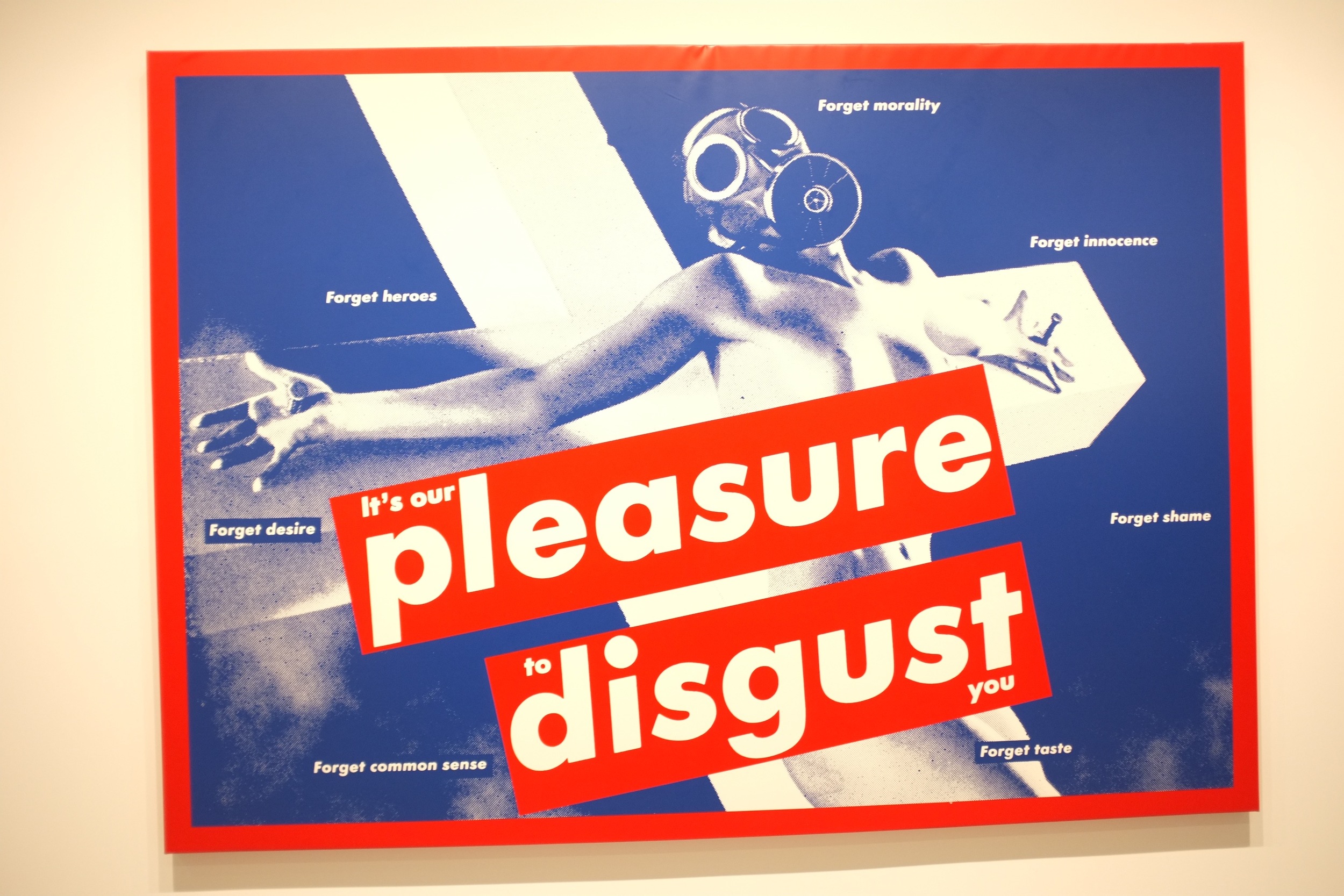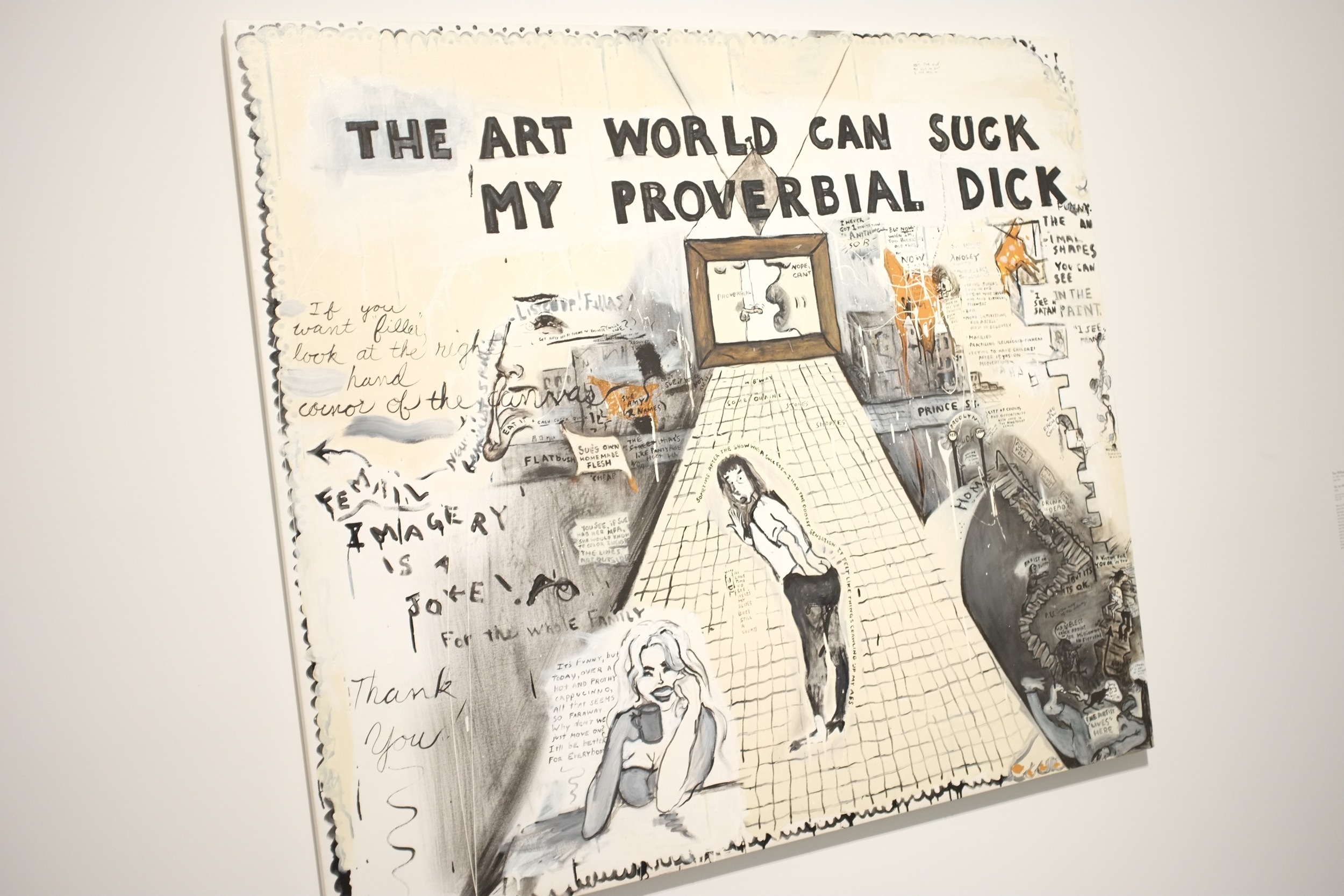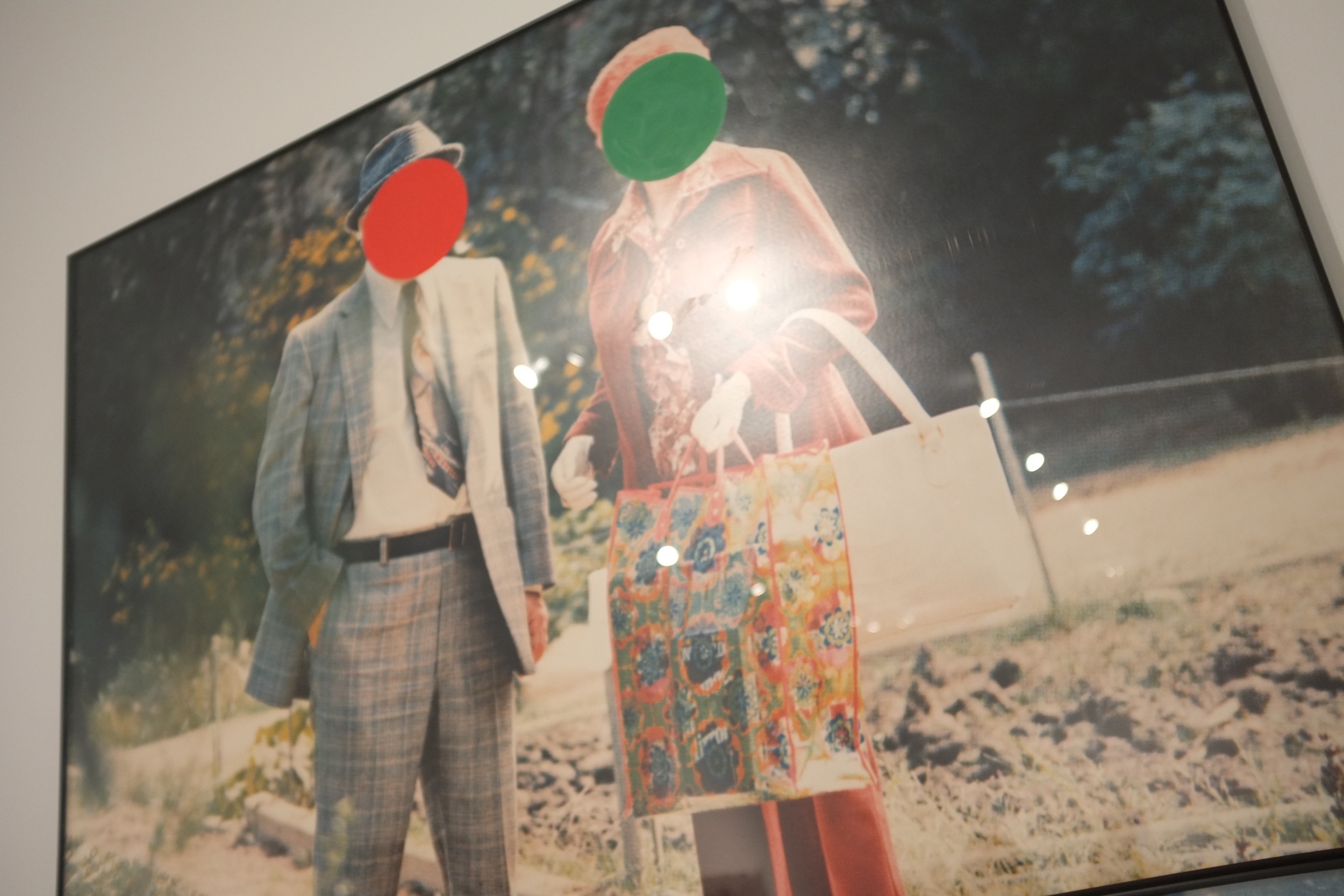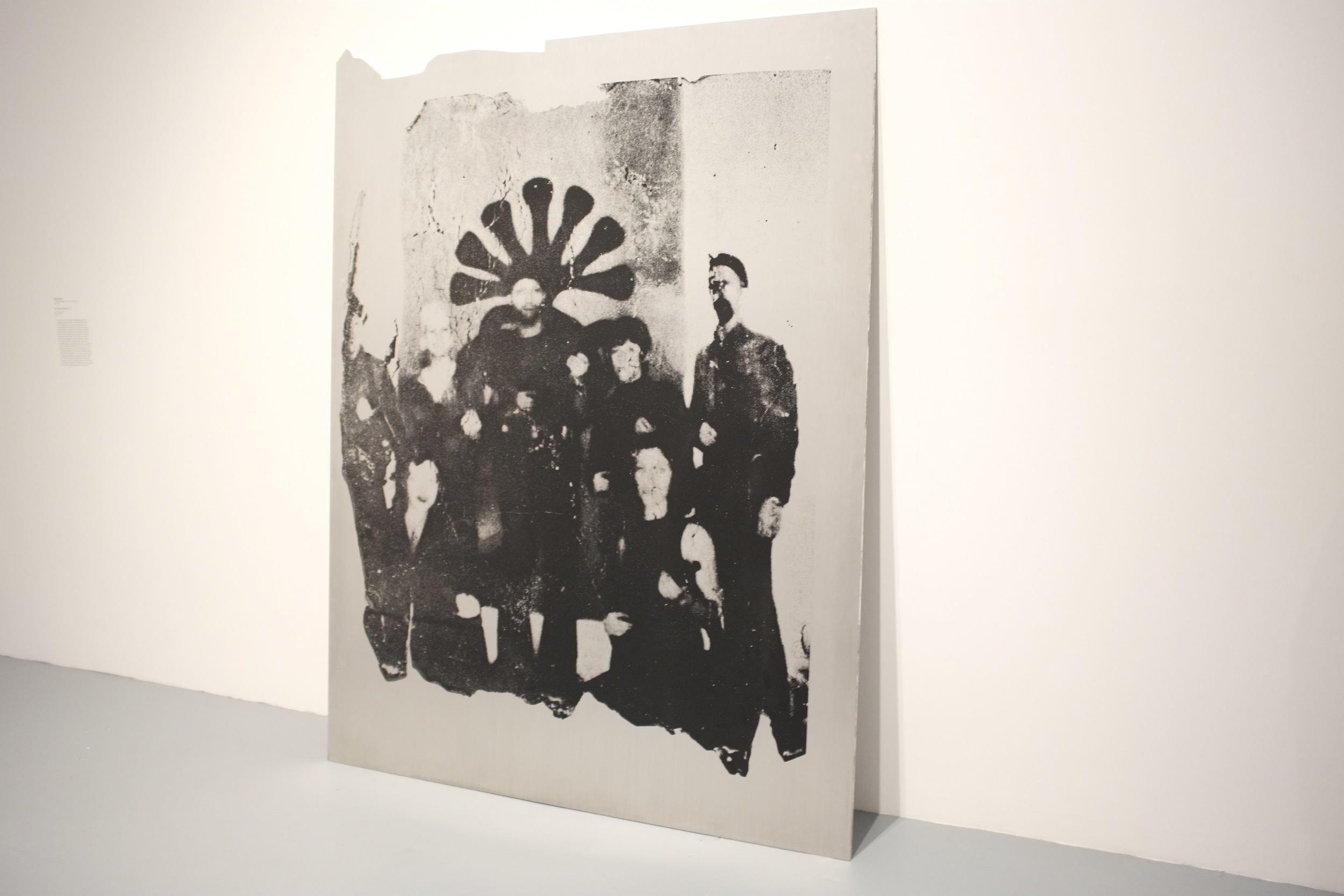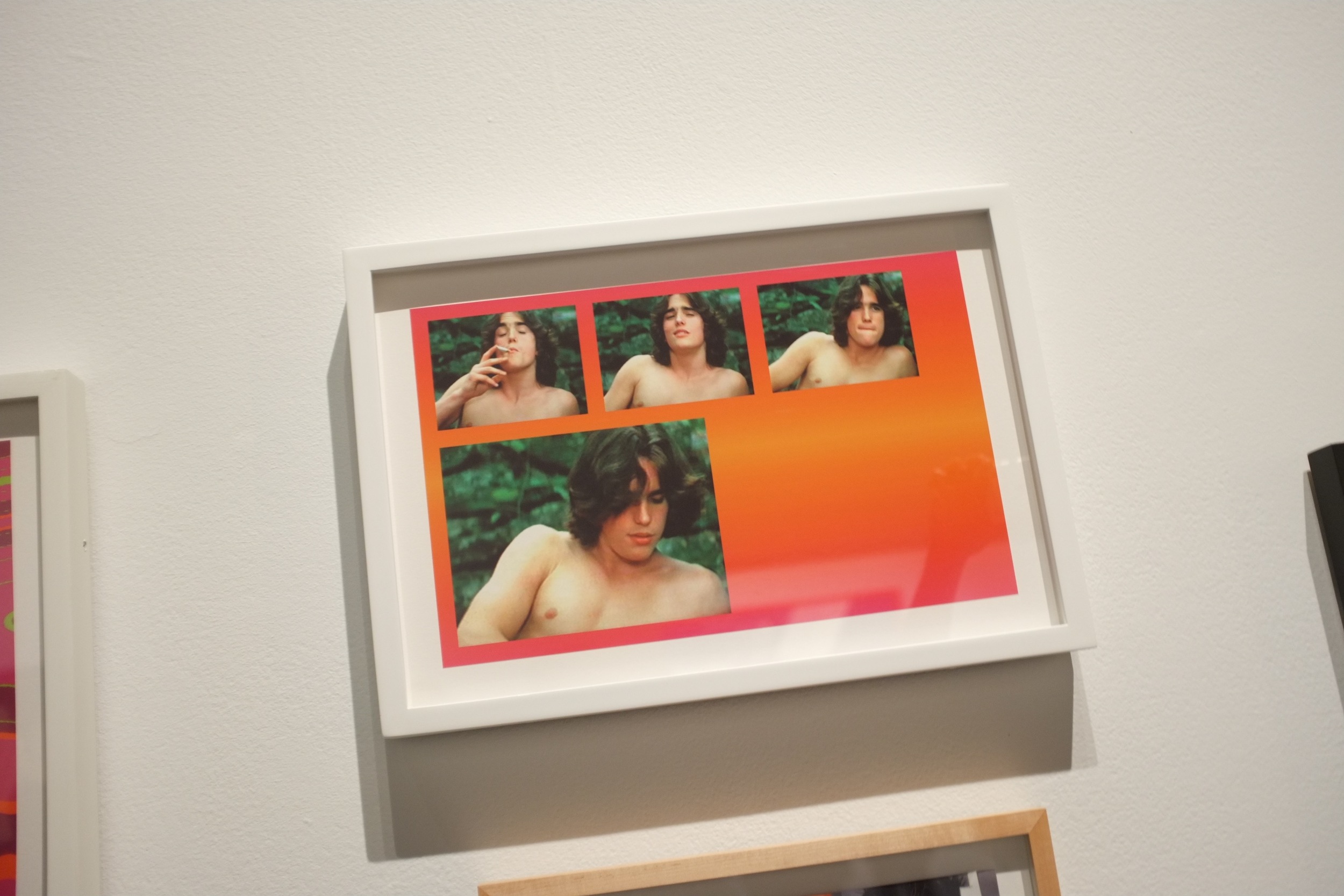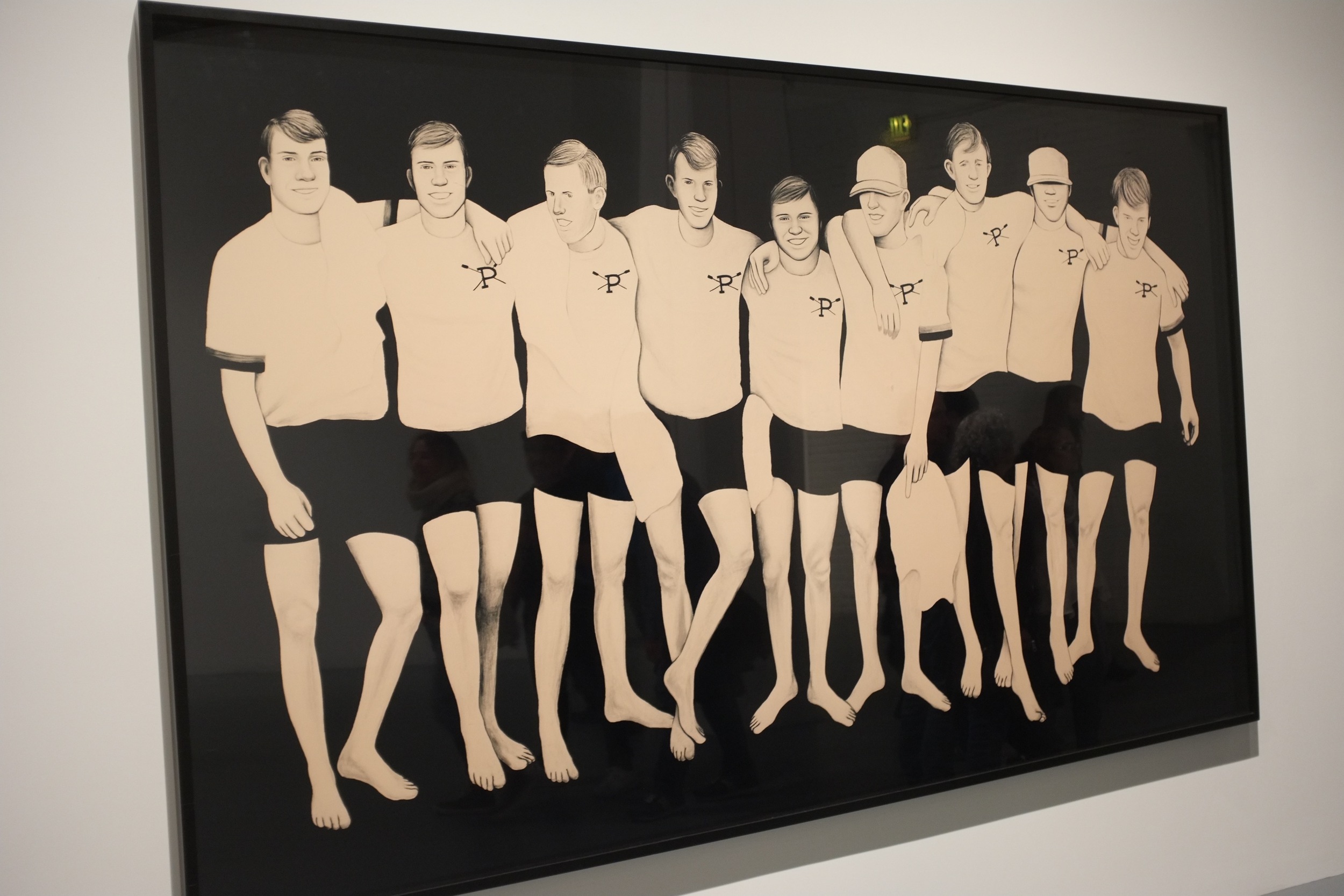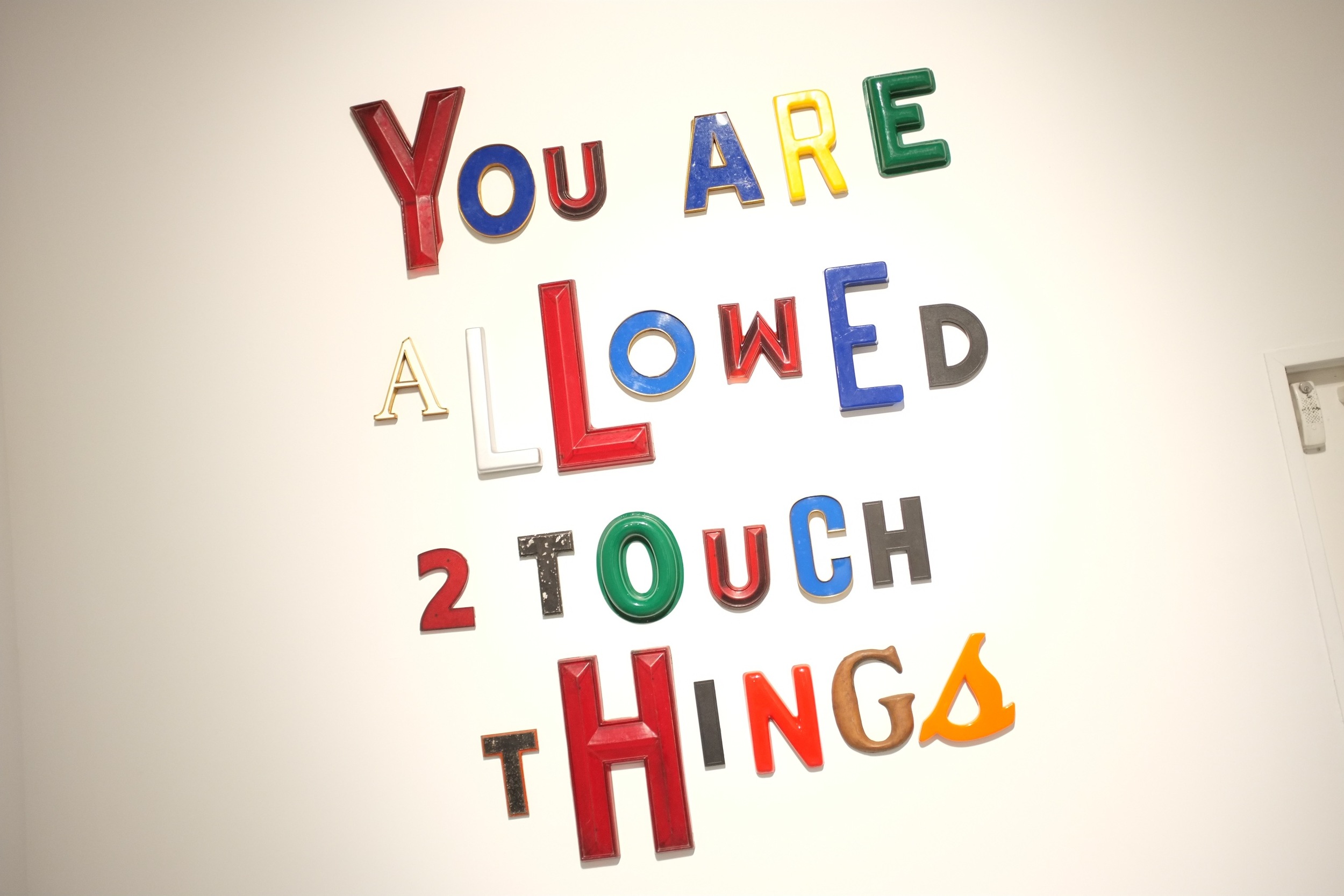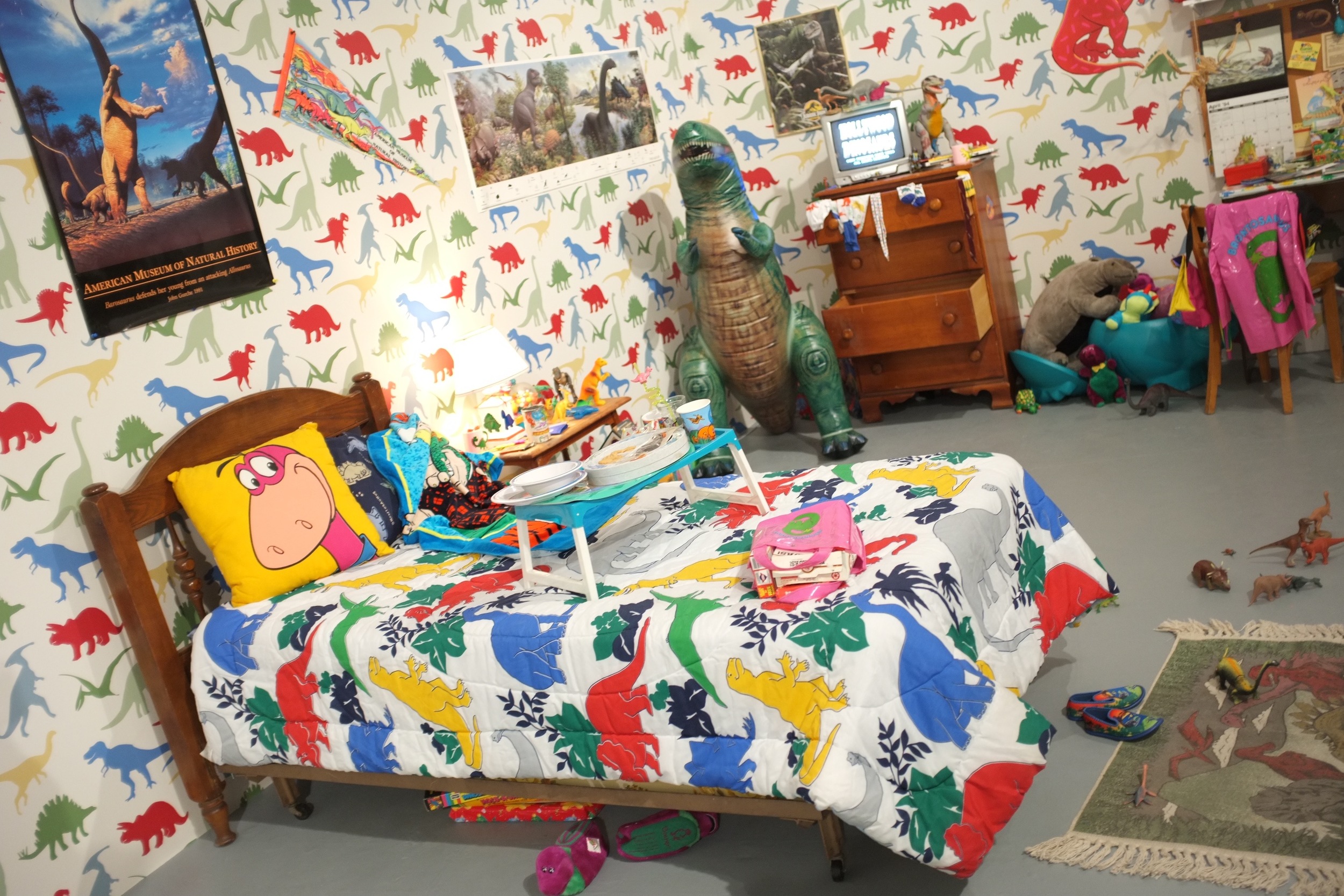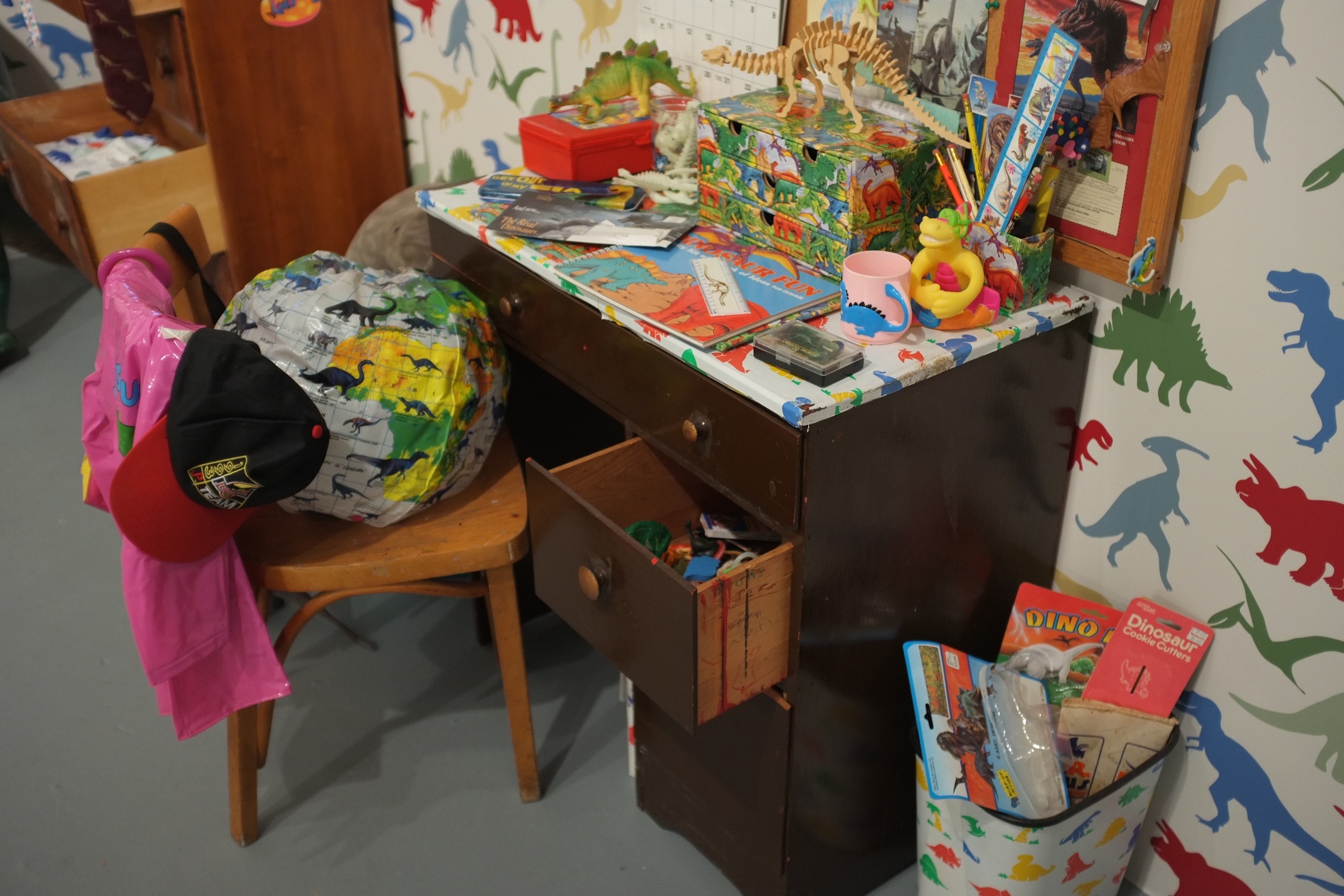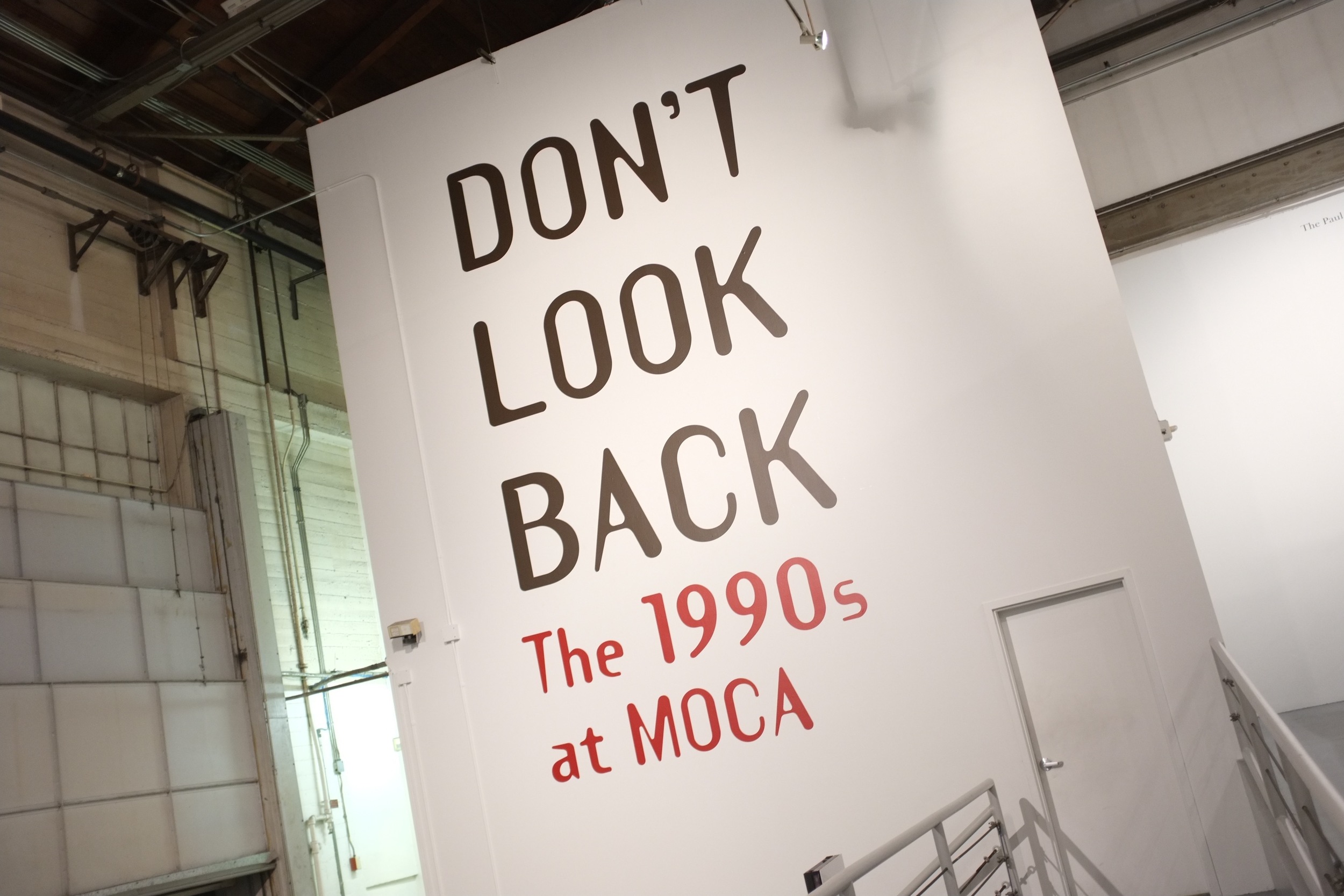Gil Kuno’s work is an intricate tapestry of sound art, installations, and video art. His current solo exhibition at Panke Gallery exhibits his earliest art creations – those created on the Internet in the 90s. 2024 marks the 30th anniversary of the first of these creations, Unsound. "Unsound.com" (1994) was a pioneering media experiment that fused sight and sound, allowing users to interactively engage with artists' works in both visual and audio formats. Through crowd-sourcing, it facilitated artistic curation by audience votes – an innovation that even captured the admiration of Timothy Leary, who subsequently endorsed the site. In 1996, Gil Kuno introduced Wiggle, the world's first Internet band. This groundbreaking endeavour leveraged the Internet's connectivity to forge musical collaborations across geographical boundaries, culminating in a band composed of members from Japan, Australia, and the United States. They achieved a major label deal and released multiple albums, all while some band members remained faceless due to their geographically dispersed nature.
Unsound: The Shape of Sound is on view through December 20th at panke.gallery, Hof V, Gerichtstraße 23, 13347 Berlin.

